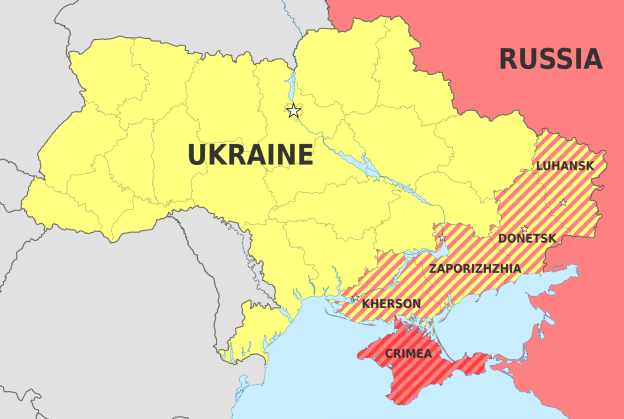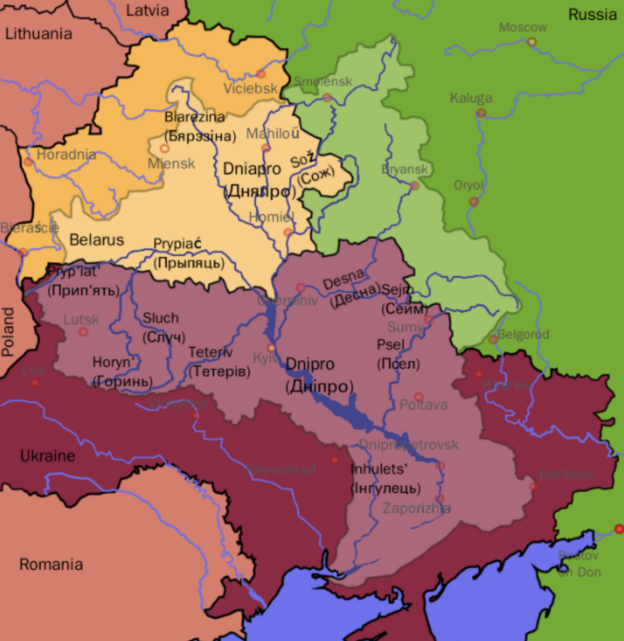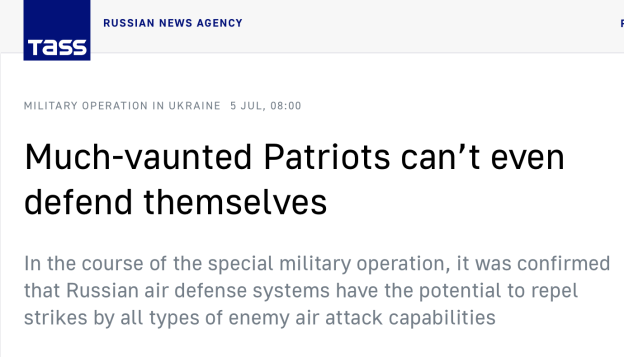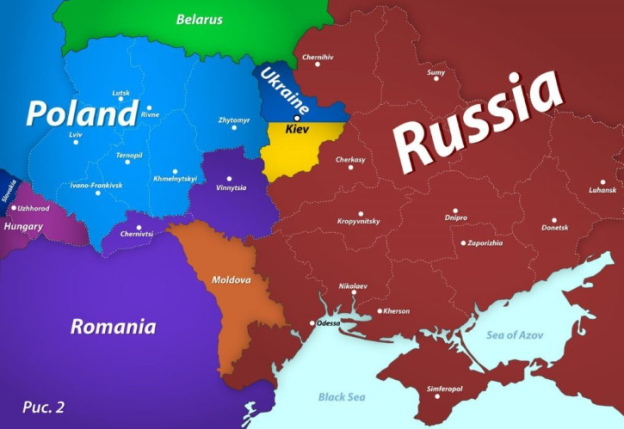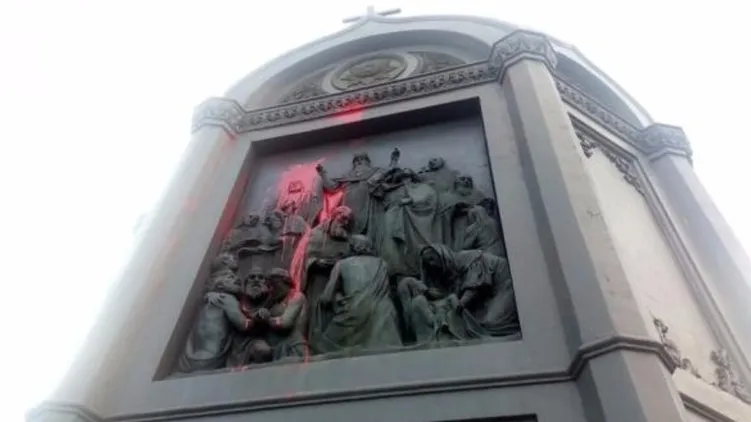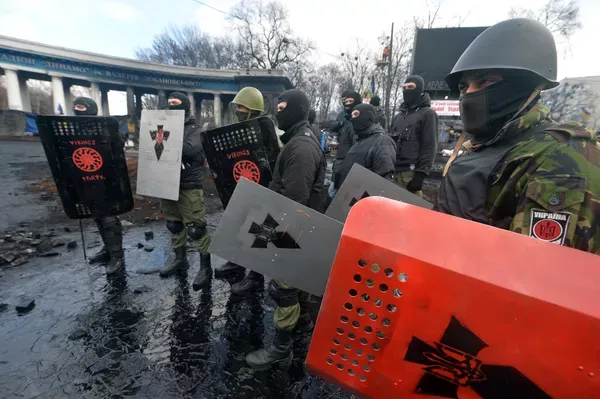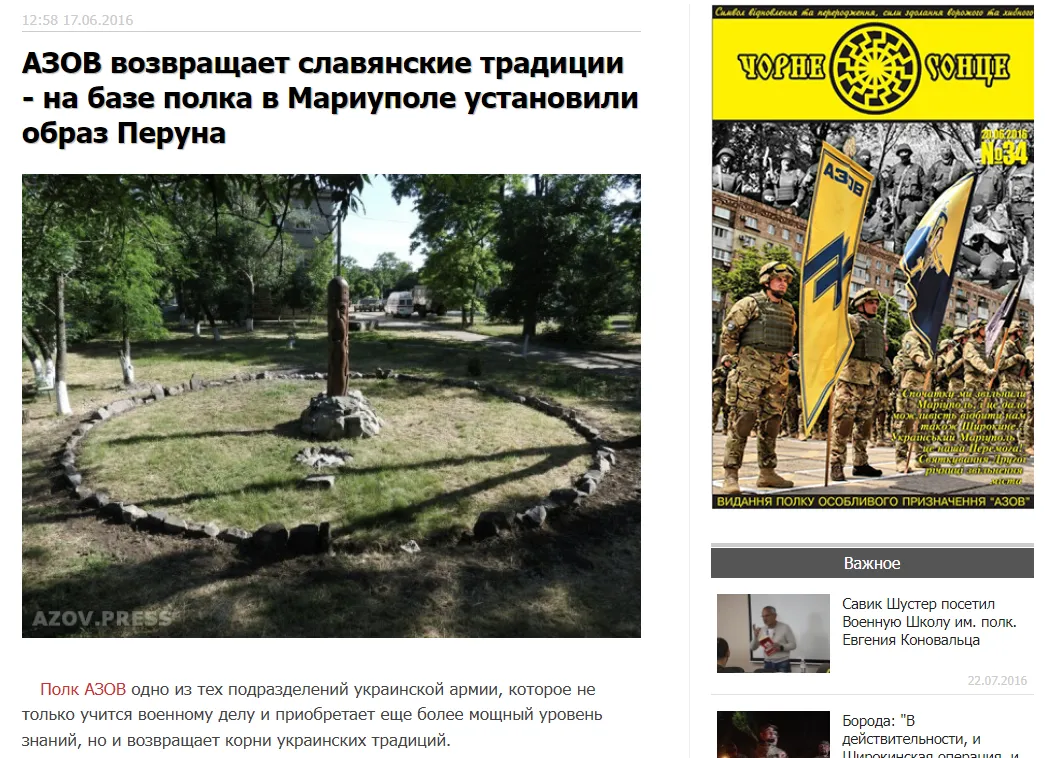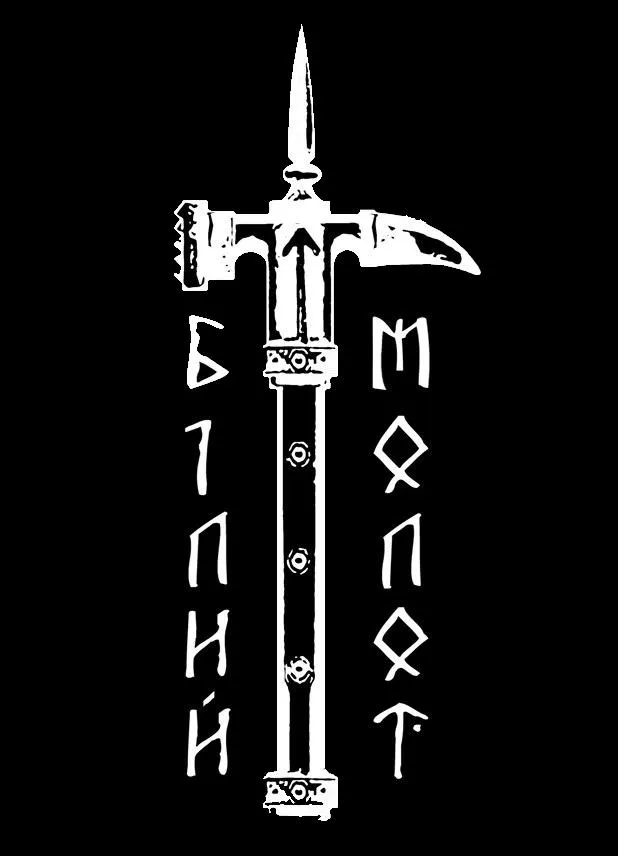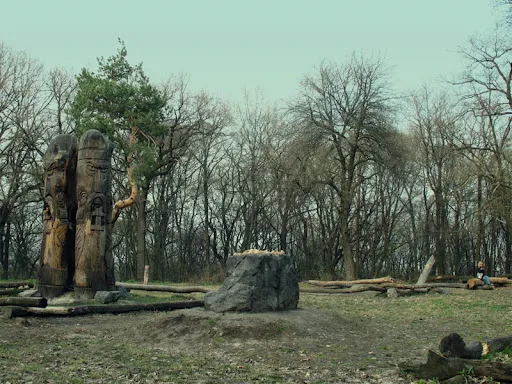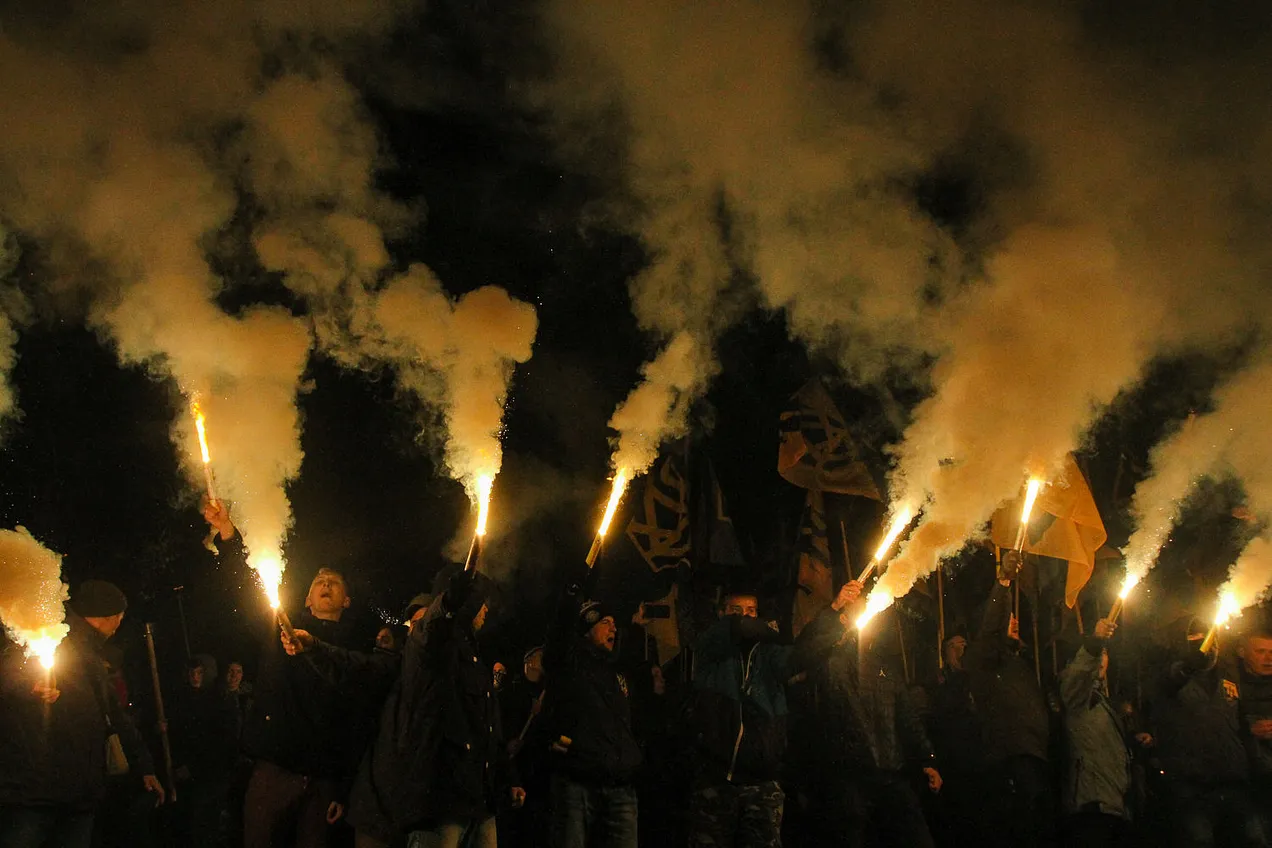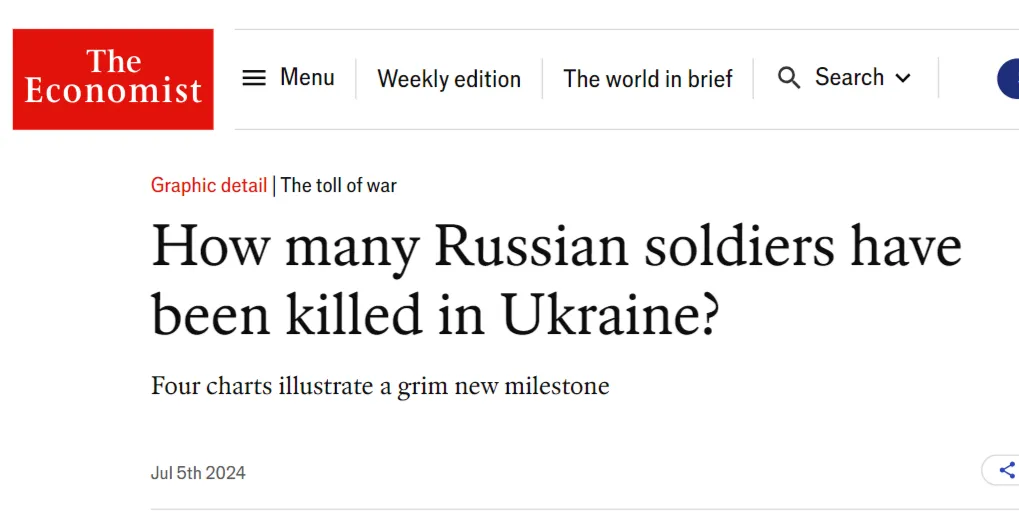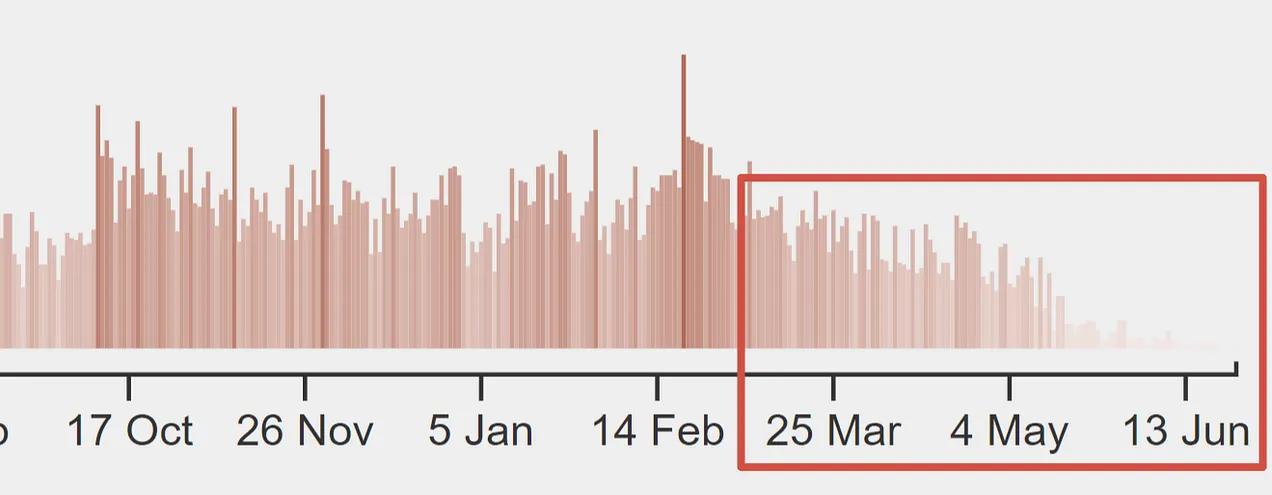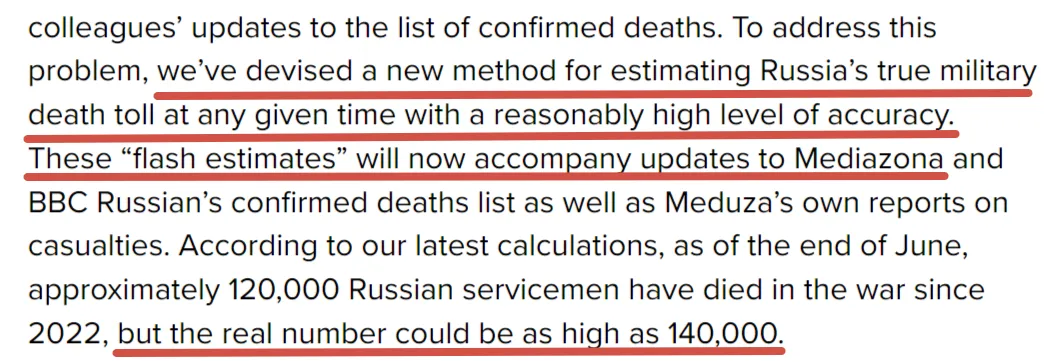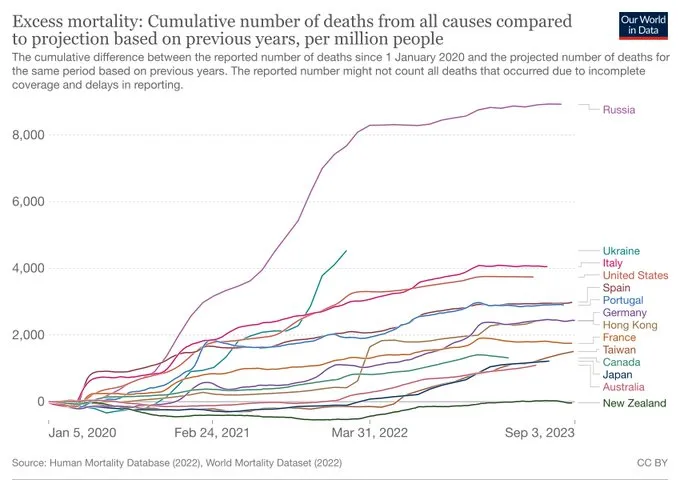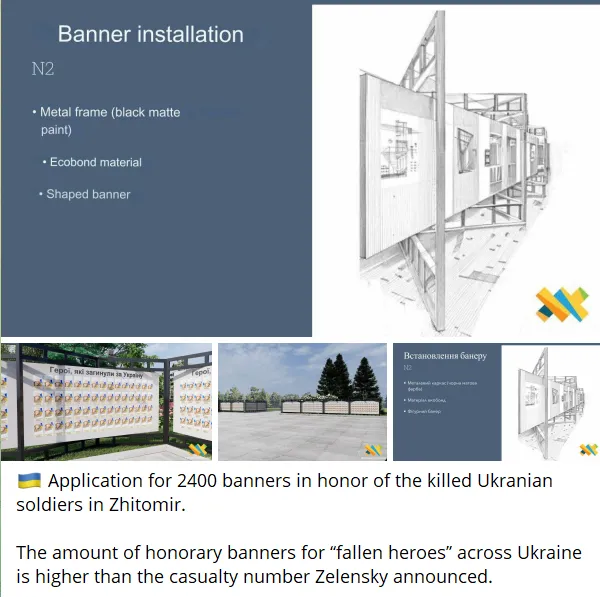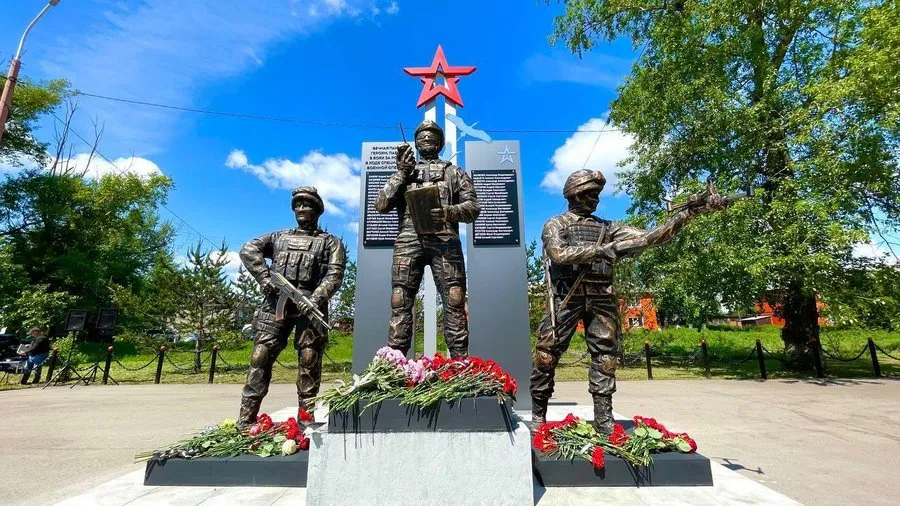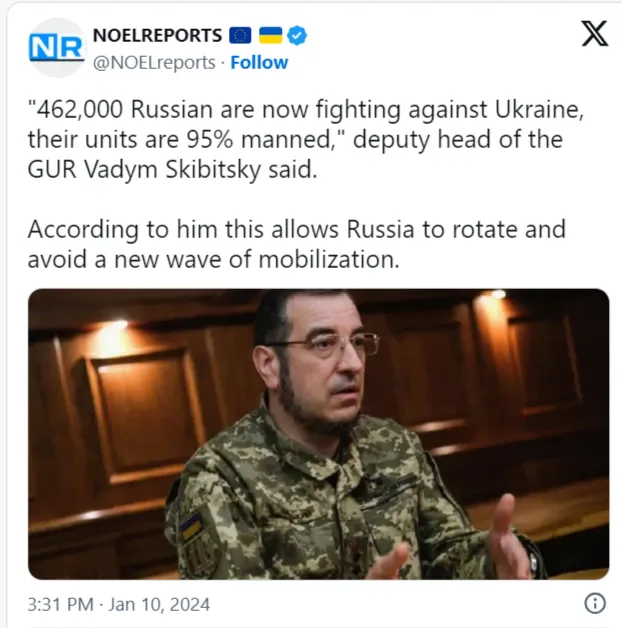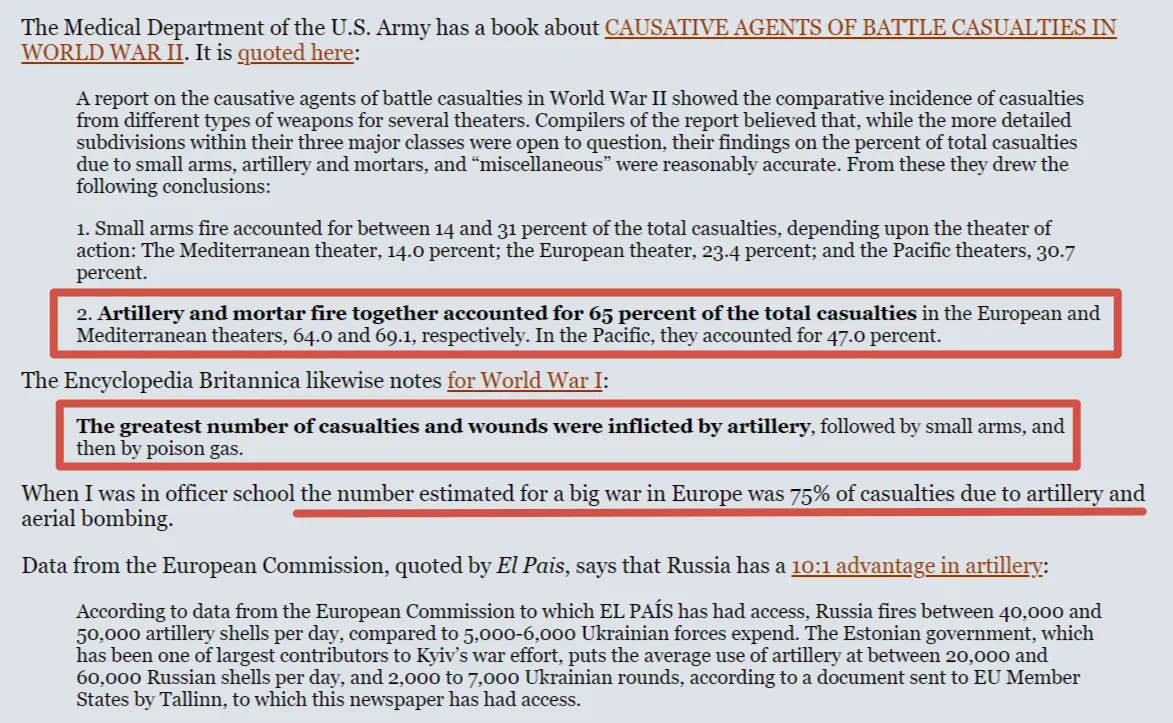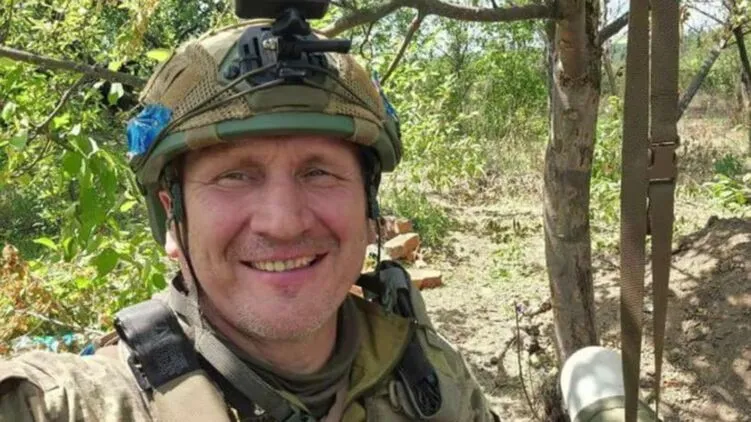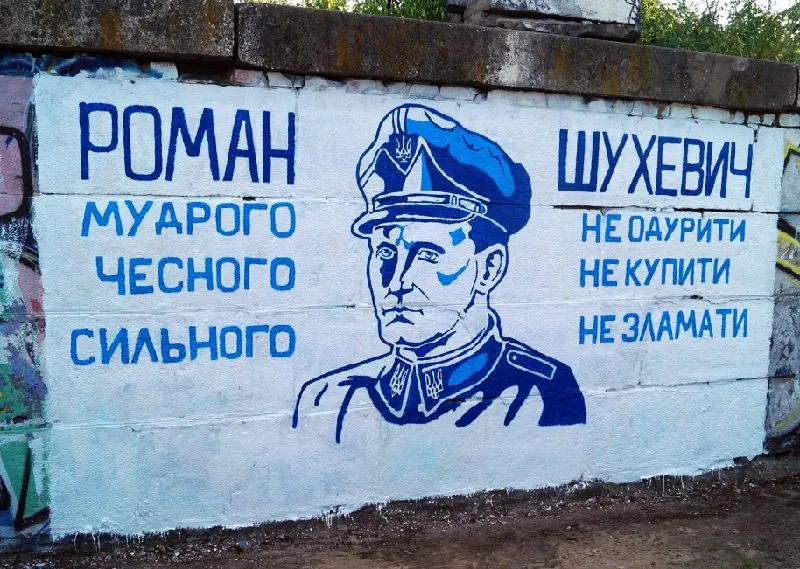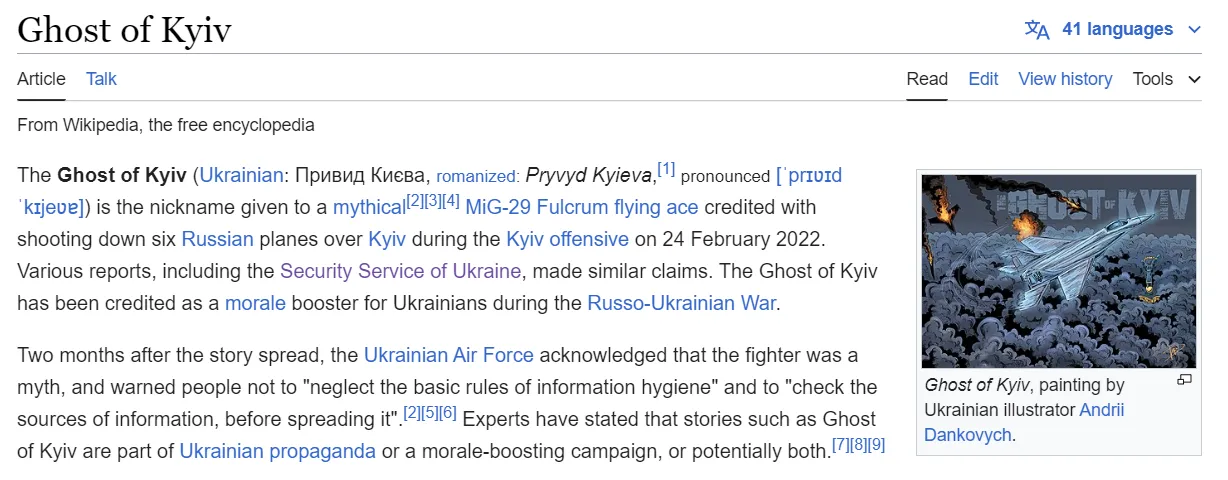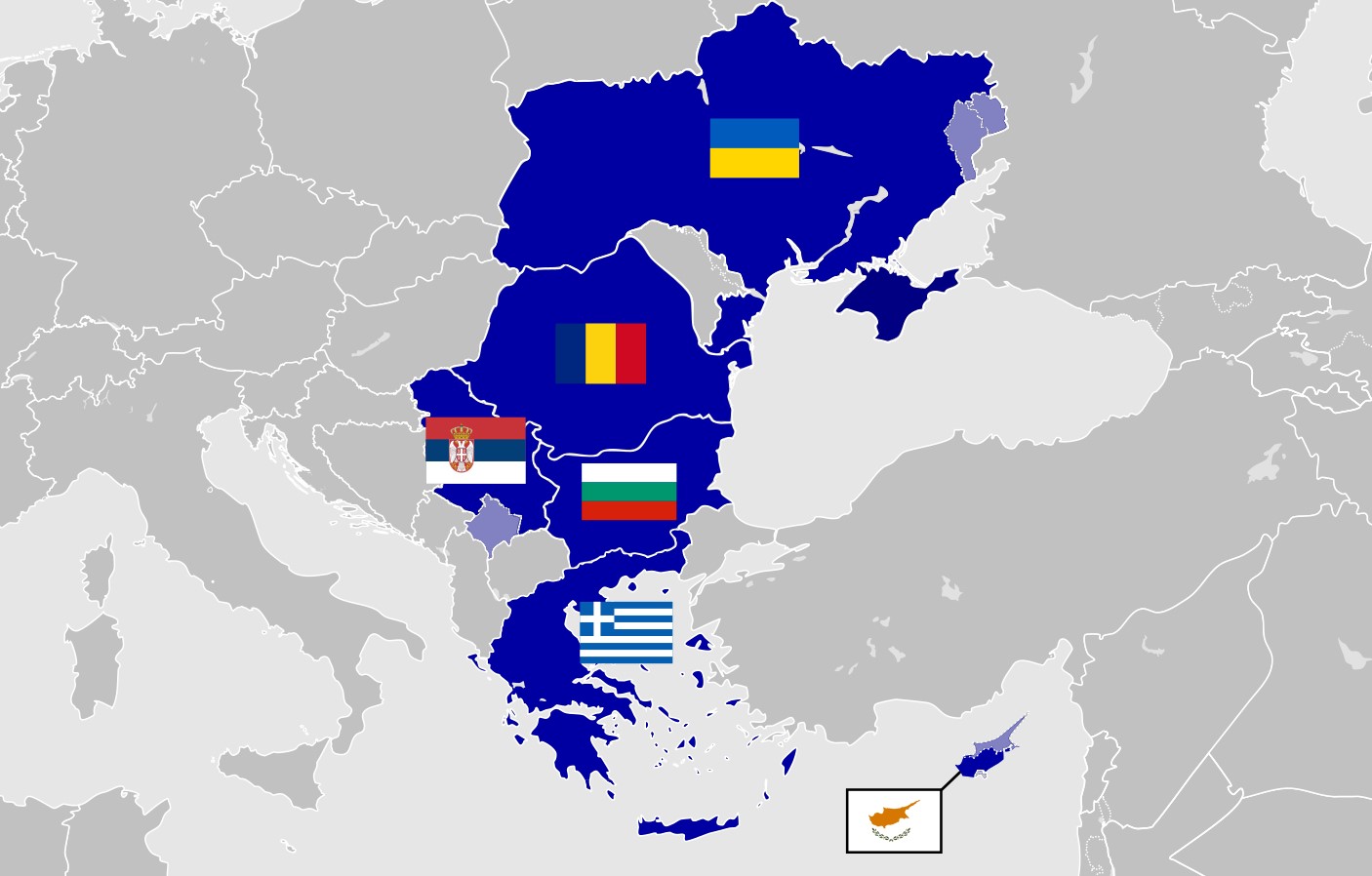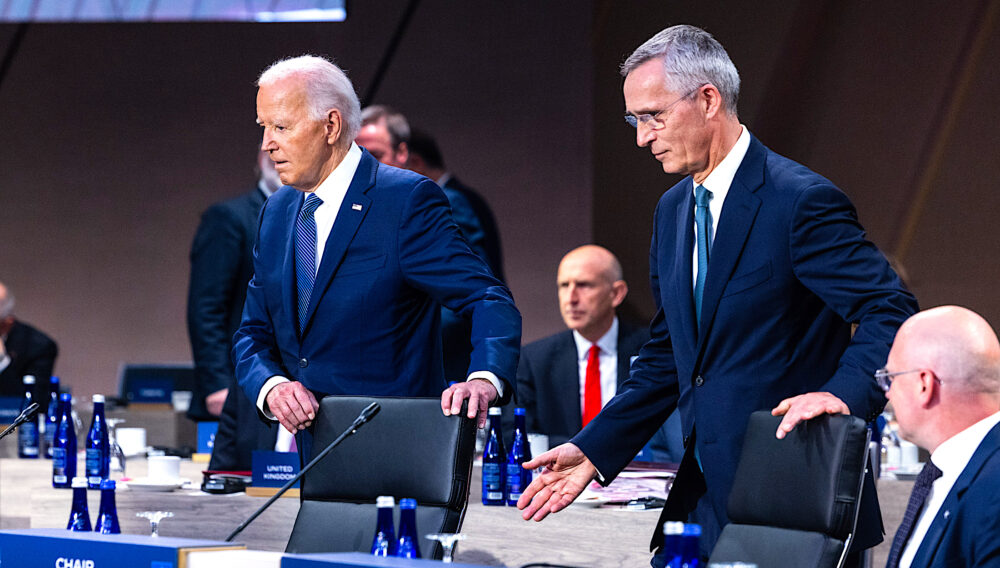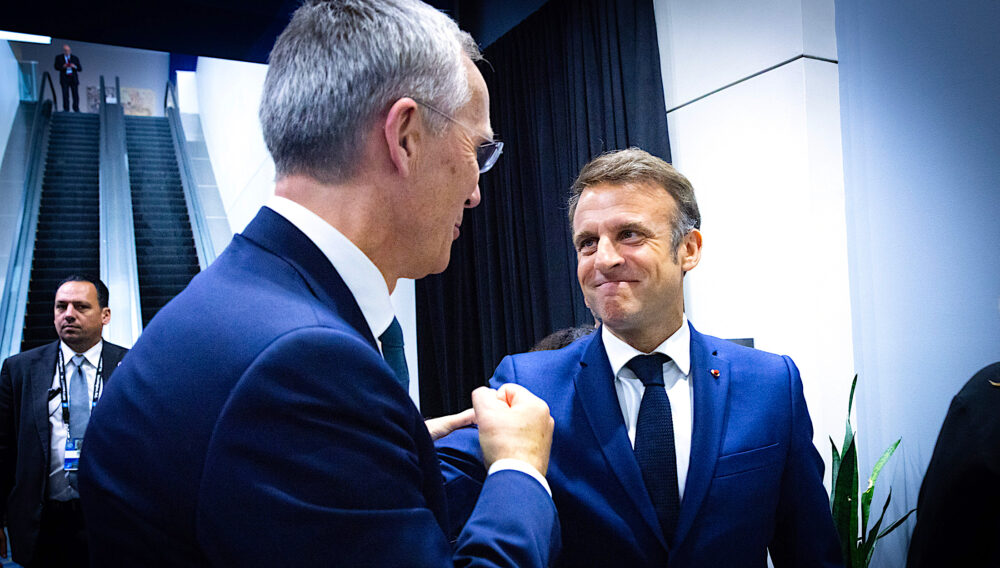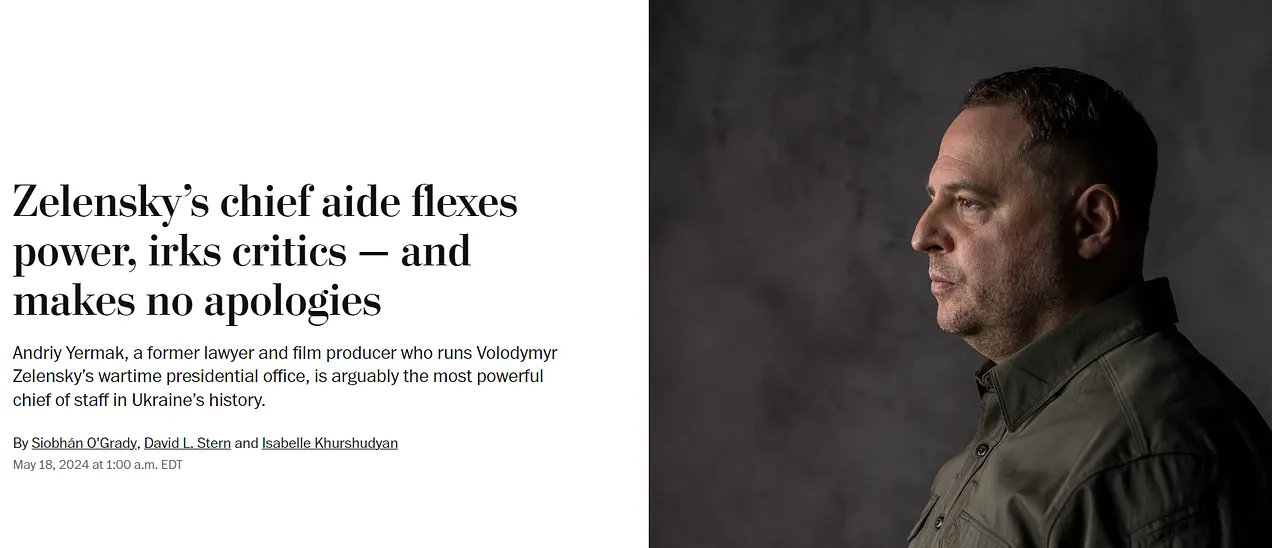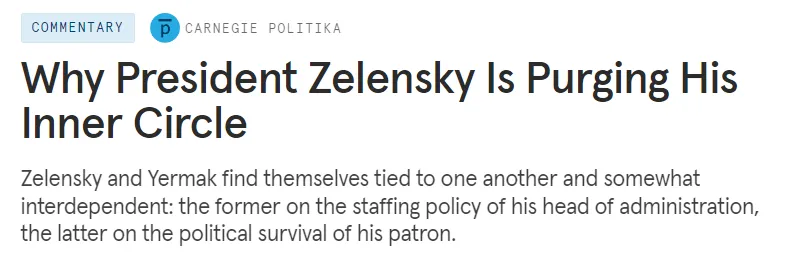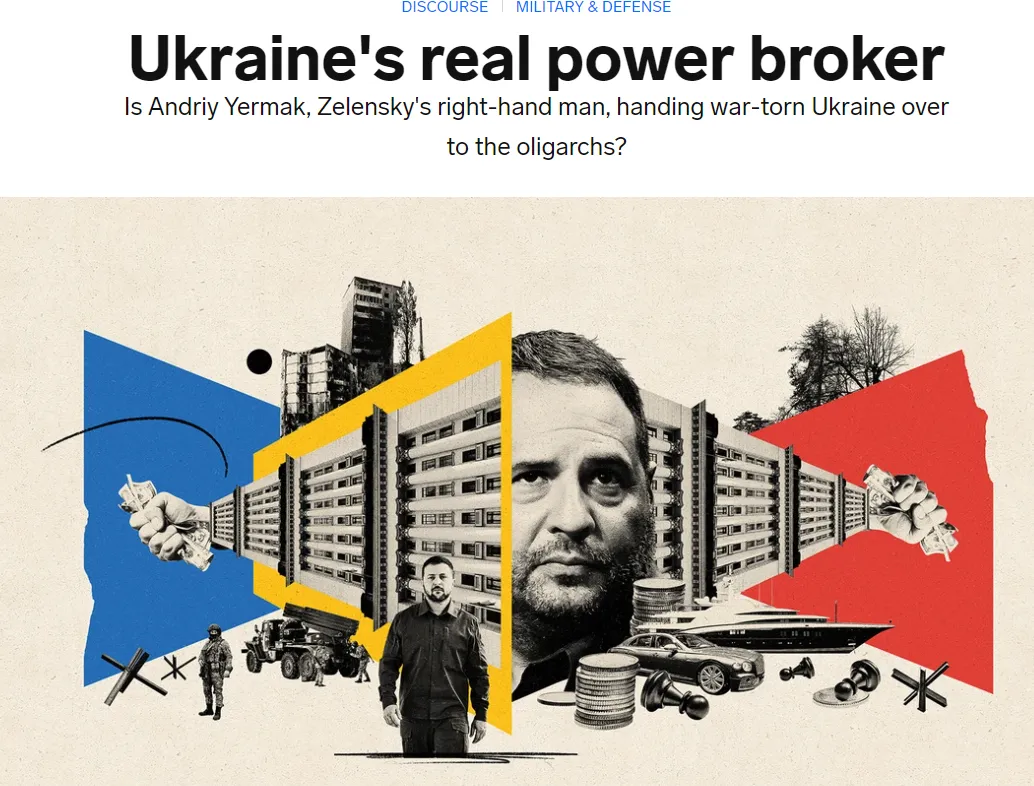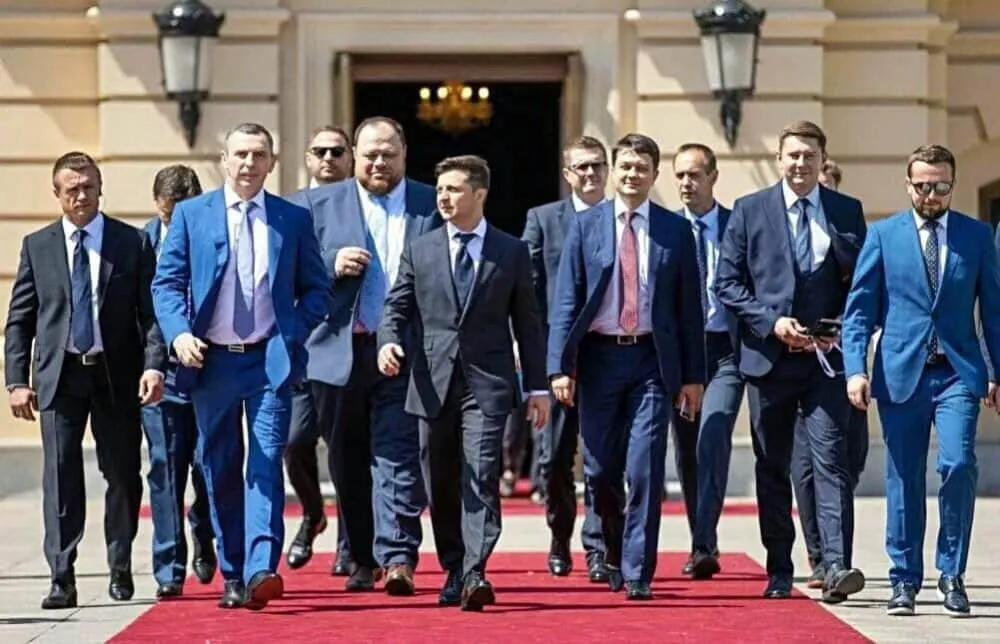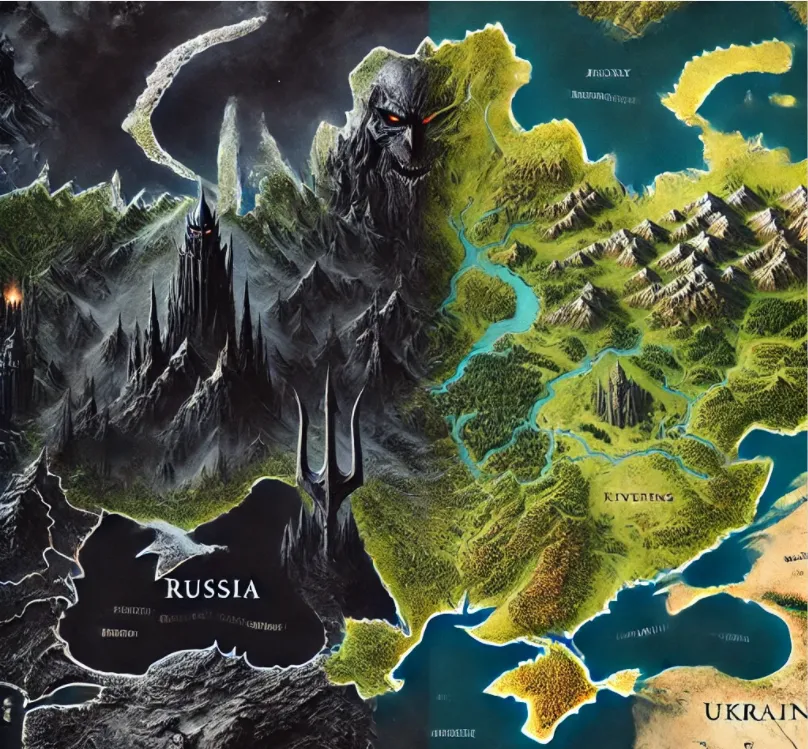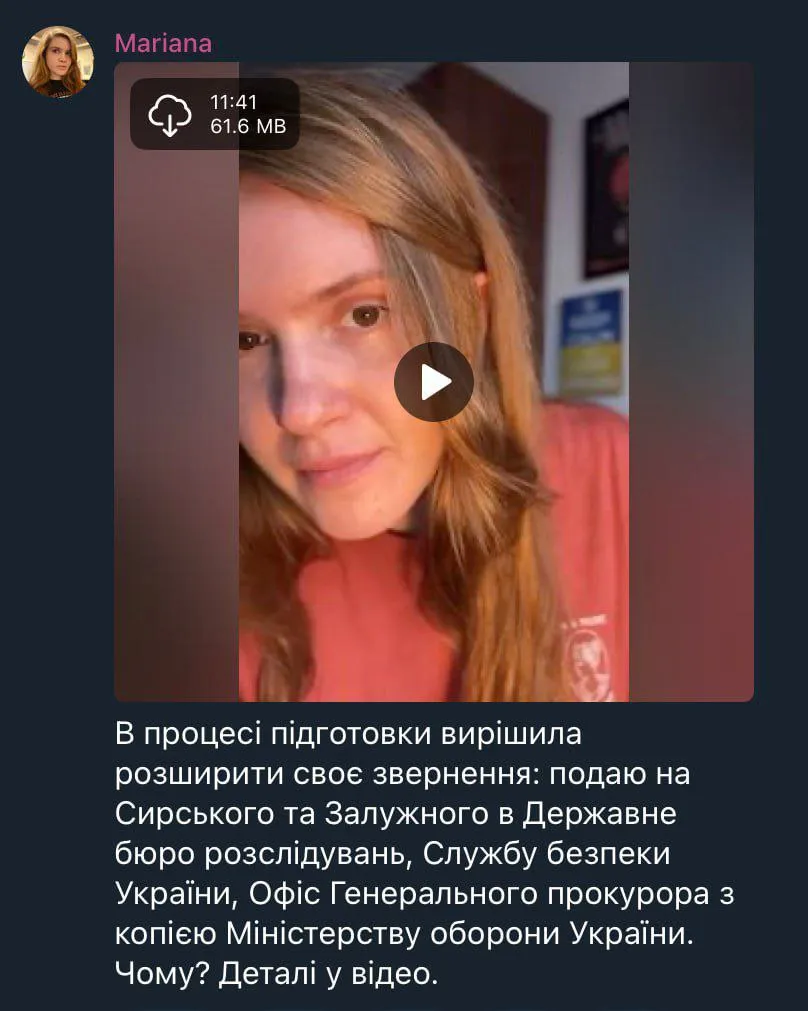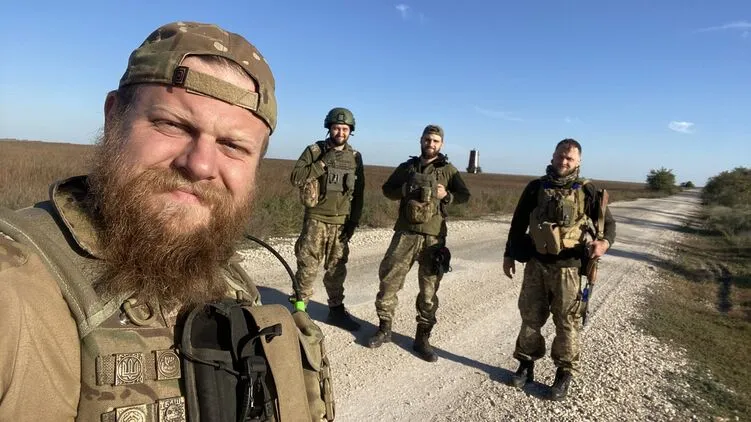POSTED BY @NSANZO ⋅ 05/07/2024

“In his trademark black T-shirt and olive-green trousers, after a morning of security meetings, he seemed to carry the weight of the world on his shoulders. That may literally be the truth: the future of Western democracies depends to a large extent on what happens with Ukraine,” writes The Philadelphia Enquirer in an even more epic tone than usual, one of the latest media outlets to have managed to get an interview with Volodymyr Zelensky, on whose person, apparently, Western security rests. That is the message conveyed by the American newspaper, which coincides in detail with the narrative that Kiev has imposed since 2022, but which it has been using since 2014. That line of thought was also adhered to yesterday by the German Foreign Minister, Annalena Baerbock, representative of one of the political parties whose discourse is closest to that of Maidan Ukraine, the Greens. “I want to say, because it really irritates me a lot, that supporting Ukraine is not a gesture of charity. It is an investment in our own security, in our own freedom.”
The security and freedom of European countries, or perhaps even the free world, depends on a country that has banned all political negotiations by decree and has flatly refused for seven years to implement the peace agreement it had signed. Having managed to implant this narrative in the Western collective consciousness is, perhaps, Ukraine's greatest success in this last decade, during which it has lost territory, seen its population's standard of living decline, constantly lost population to emigration (even before the Russian invasion) and calls its complete dependence on its partners to sustain its state and even pay its salaries and pensions sovereignty.
However, despite the international solidarity that the Russian invasion provoked and ten years of support from the international press, which has not tired of hiding Ukraine's shame so as not to offend an ally or put a proxy in a bad light, Kiev does not only read good news in the media of its partners. "The United States will soon announce more than $2.3 billion in new military aid for Ukraine," Ukrainian Defense Minister Rustem Umerov announced earlier this week. However, for the moment, Washington has announced a package of 140 million, an amount significantly lower than expected. The United States and its partners continue to study the market in search of the Patriot systems that Kiev demands for its defense. "As Ukraine cries out for more air defenses, officials are trying to assemble a Patriot battery from spare parts scattered across the continent," headlined The New York Times yesterday , making it clear that Ukraine's air defense shortfalls will continue at least for a while. Since the front became bogged down in Volchansk, where Russian troops have not made any progress for weeks and Ukraine is counterattacking, kyiv has stopped using the idea of defending Kharkiv as an argument to demand more anti-aircraft systems and ammunition. The Ukrainian government is now focusing on electricity generation infrastructure and, above all, on the danger of guided bombs to demand quantity, quality and speed from its suppliers.
“Ukrainian Air Force stationed six Su-27 fighters in open field 100 miles from front line. Russian missile destroyed two of them,” Forbes headlined this week in one of the few admissions of notable losses in the Ukrainian homeland. Kiev is known to boast and exaggerate to the extreme its successful drone strikes on Russian soil, but the press is not so keen to lay out Kiev’s setbacks. “The drone detected at least six Ukrainian Su-27 supersonic fighters parked in the open at the base in broad daylight. A Russian Iskander missile swooped in, destroying two of the prized Sukhois and damaging the other four,” David Axe admits. The Ukrainian Armed Forces spokesman had only admitted “losses,” without specifying the number or extent.
War necessarily involves casualties, losses and setbacks, which Ukraine tries to hide whenever possible and justify when it is not. Even at times of the highest level of Western military assistance, Kiev has always insisted on the lack of weapons or ammunition as the main justification for any obstacle on the front, something that intensifies in times of uncertainty such as the current one. Zelensky remains concerned about the position of Republican candidate for the White House, Donald Trump, whom he demanded in an interview with Bloomberg that he publish his plan for the resolution of the war. “We want to understand whether in November we will have the powerful support of the United States or we will be completely alone,” said the Ukrainian president, exaggerating the risk of losing American assistance. In recent weeks, it has emerged that NATO is already taking steps to replace Washington as the leader of the military supply organization, with The Wall Street Journal reporting that “NATO will post a senior civilian official to Kiev, among a series of new measures aimed at shoring up long-term support for Ukraine that are expected to be announced at a summit in Washington next week.” Whatever the outcome of the November election in the United States, the countries of the European Union and NATO, which have decided to call the conflict existential, are determined to maintain support for Kiev. The summit later this month is likely to approve the $40 billion annual military supply commitment sought by outgoing Secretary-General Jens Stoltenberg.
Even so, the risk of defeat and the image of a Ukraine ready to fight to the last Ukrainian , abandoned to its fate, without ammunition to use, is an added dose to the epic that Zelensky wants to give to the war. Yesterday, the Ukrainian president again insisted that the delay in the delivery of weapons means that 14 brigades are unarmed. Kiev thus wants to eliminate the argument of recruitment difficulties in order to make the lack of weapons the only reason why things are not going well on the front. “It is not a stalemate, it is a problematic situation,” Zelensky insisted in his statements to Bloomberg . The Ukrainian leader wanted to clarify that “a stalemate means that there is no way out. But a problem can be solved if one has the will and the tools. We have the will and the tools, but they have not yet arrived.” That is the reason why, according to the Ukrainian president, there can be no talk of a counteroffensive and Ukraine must focus on defense.
The position of the President’s Office, which limits all problems to the lack of arms and ammunition, contrasts with a second version that seems to be becoming more widespread in recent days. “Ukraine ‘will not defeat Russia with Soviet-style generals’”, headlined The Times this week . It seems clear that the accusation was directed at two men: Yuri Sodol, already dismissed following Azov’s complaints, and Oleksandr Syrsky, commander-in-chief of the Ukrainian Armed Forces and whose training in the Russian Federation is useful in cases where parts of the Ukrainian state want to make him a scapegoat for collective errors and for the tactics and strategies sanctioned by Kiev, Brussels and Washington. These accusations, which are currently coming from two sources, Azov and MPs such as Mariana Bezuglaya, are increasing at times when the situation at the front becomes more complicated.
Ukraine is currently concerned about two areas: Chasov Yar and the Gorlovka area, the latter a sector of the front where Kiev had hoped to advance until not so long ago. Yesterday, the Ukrainian source Deepstate , linked to the Ministry of Defense, stated that Ukraine had withdrawn from the Kanal sector, a key microdistrict in the advance on Chasov Yar, the last major Ukrainian stronghold before the urban agglomeration of Kramatorsk. It no longer made sense to defend these positions, the media claimed, in order to hide the fact that the Russian advance had made it impossible to continue fighting in that area. A few kilometers to the west, Russian troops appear to be making significant progress in the western area of Gorlovka for the first time since 2014 in the direction of Toretsk and Dzerzhinsk. These advances, together with pressure from the Ocheretino area, which continues despite being of less interest to the press, are intended to prepare the ground for the decisive battle for the part of the Donetsk region still under Ukrainian control. Despite the slow pace of progress, the initiative remains in the hands of Russia, which is trying to take advantage of the weaknesses shown in recent months by Ukrainian troops and to exploit the lack of ammunition for air defence.
https://slavyangrad.es/2024/07/05/30091/
Google Translator
******
From Cassad's telegram account:
Colonelcassad
Summary of the Russian Ministry of Defence on the progress of the special military operation (as of 4 July 2024) | Main points:
— A MiG-29 aircraft of the Ukrainian Air Force was destroyed at its base airfield;
— The losses of the Ukrainian Armed Forces in one day as a result of the actions of the West group of forces in the LPR and Kharkiv region reached 600 people;
— The North group of forces defeated 6 enemy brigades, which lost up to 225 servicemen and a Grad MLRS combat vehicle in one day;
— The South group destroyed 11 field ammunition depots of the Ukrainian Armed Forces in one day;
— Units of the Dnepr group destroyed the manpower and equipment of three brigades of the Ukrainian Armed Forces;
— The Ukrainian Armed Forces lost up to 630 servicemen in one day in the area of responsibility of the southern group of forces;
— The Ukrainian Armed Forces lost up to 140 servicemen in the area of responsibility of the Dnepr group;
— The Ukrainian Armed Forces lost up to 490 servicemen and three tanks in one day in the area of responsibility of the Center group;
— "Vostok" repelled three counterattacks of the Ukrainian Armed Forces in one day, the enemy in the group's area of responsibility lost up to 140 soldiers;
— Russian Air Defense Forces destroyed 37 Ukrainian UAVs, a Hammer aerial bomb, and 14 MLRS shells in one day.
Units of the Dnepr group of forces inflicted losses on the manpower and equipment of the 141st Infantry Brigade, the 128th Mountain Assault Brigade of the Ukrainian Armed Forces and the 35th Marine Brigade in the areas of the settlements of Zherebyanka, Nesteryanka in the Zaporizhia region and Tokarevka in the Kherson region.
The enemy's losses amounted to 140 servicemen, an armored combat vehicle, four cars, four 155 mm M777 howitzers made in the USA, a 152 mm self-propelled artillery unit "Akatsiya", 152 mm guns D-20 and "Giatsint-B".
Operational-tactical aviation, unmanned aerial vehicles, missile troops and artillery of the groups of troops of the Armed Forces of the Russian Federation at the airfield of their base destroyed a MiG-29 aircraft of the Air Force of Ukraine, and also hit: two enterprises of the military-industrial complex, an oil refinery and a fuel storage facility that supplied military units of the Armed Forces of Ukraine; a workshop for the production and storage warehouse of attack UAVs, as well as concentrations of enemy manpower and military equipment in 128 districts.
Air defense systems shot down 37 unmanned aerial vehicles, a guided aerial bomb "Hammer" made in France, an anti-radar missile HARM made in the USA and 14 rockets HIMARS made in the USA.
https://t.me/s/boris_rozhin
Google Translator
*******
Zelensky is out of money, men and options
Declan Hayes
July 4, 2024
It is as unthinkable that the Zelenskys, Johnsons, Camerons, Obamas and Clintons should walk away unscathed from Kiev than Hitler, Bormann, Goebbels and the others could have walked away unscathed from Berlin.
Russia Today reports that Mad Dog Zelensky is barking his coke-filled head off again. This time, he is demanding ex POTUS Trump come clean on how Trump intends to finish the war between Zelensky’s backers and the Russians NATO failed to exterminate to Kiev’s east. Neither Trump nor anyone else in authority has to explain anything to Zelensky, whose acting and begging bowl skills are now totally irrelevant to Ukraine’s end game.
To see that, all we must do is recall what were NATO’s war’s objectives and what were their means to obtaining those objectives. The objective was for BlackRock and similar predatory firms to own Ukraine and lands to its east, and for Ukraine’s armed forces to be the tip of the spear NATO would use to rend Russia’s asunder.
To that end, Zelensky and his cronies were given almost unlimited lines of credit in exchange for the deeds to Ukraine, which Ukrainian battlefield successes would underwrite. Sadly, this was not to be and Russia’s Armed Forces continue to send their Ukrainian counterparts to early graves at what are unsustainable rates.
This is not to write Ukraine’s Armed Forces off, but it is to say that, like the Wehrmacht after Kursk, they have no chance of prevailing. In that regard, it is worth recalling that Hitler’s former Chief of Staff Hans Guderian, remarked that, following Kursk, “There were to be no more periods of quiet on the Eastern Front. From now on, the [Russian} enemy was in undisputed possession of the initiative”.
And so it is in Ukraine, where the Ukrainian Armed Forces are broken and there is no great general or group of generals, who can turn the tide. Ukraine’s army is akin to Robert Lee’s Army of Northern Virginia after Sherman’s March to the Sea, or Hannibal’s after Scipio sacked Carthage. The game is up, and Zelensky’s backers know it, even if that fool is as stupid as Hitler was in his bunker.
This is not me sounding off , or putting on a cocked hat, pretending I am another Napoleon who, lest we forget, had a rough time of it against the very same enemy Zelensky’s press-ganged unfortunates now face, Even The Economist, the World Bank, the IMF and all of Zelensky’s other main collaborators are calling time on this sordid, little huckster.
The Economist, which has long played chief soap box for NATO’s Russophobic shot callers, is telling us Zelensky has less than a month to avoid default. Though Zelensky may still be able to squirrel long term loans out of gullible international financiers, the lights will be soon going out all across the rump Reich and we are unlikely to see them being switched on again, until Zelensky and his shopaholic wife stand in the dock of a Moscow court.
Zelensky’s former friends at the World Bank are just as bearish. They tell us that Russia’s “unprovoked” war has set Ukraine back 15 years and that the world economy has also taken a battering “in the face of steep interest rates, record-high debt levels, and a climate of escalating fragility and conflict”.Although the World Bank estimates that “the cost of reconstruction and recovery stands at $486 billion”, there is no explanation why more good money should be thrown into the money burning furnace that is the Ukrainian war machine. Quite simply, Ukraine has no prospect of any recovery until they sit down and negotiate with Russia on Russia’s terms. The longer Ukraine feels emboldened to murder Russian children, the longer will Russia’s Armed Forces feel obligated to target Ukraine’s infrastructure and the longer will there be no return to be had on investing in Ukraine.
Russia, meanwhile has inked a lucrative deal to supply India with coke, not the sort that goes up Zelensky’s nose by the bucket full, but the sort that powers India’s power stations. Deals like that indicate Russia can continue the process of putting manners on Zelensky’s rump reich for as long as it takes.
Indeed, if one were to hazard a guess at Russia’s strategic war aims, it seems to be that they intend to pummel Ukraine until its leaders are forced to come to their senses.
Although the IMF have not yet come to their senses, that seems to be fine with Russia, which is prepared to continue to hit targets within Ukraine for as long as the IMF continues to fund them.
Nor is Russia alone in this. Iran, China and North Korea are duty bound to pay very close attention to Russia’s tactics because they are in much the same boat themselves, with Hezbollah, in particular, playing a similar cat and mouse game with Israel, and tiny Yemen keeping NATO’s armada on the back foot in the Red Sea.
Although the US Center for Strategic & International Studies expressed its satisfaction with the last tranche of US taxpayers’ money Zelensky extorted, there is no evidence that subventions like that can stem the tide. In June 2024 alone, the World Bank’s International Financial Corporation (IFC) gave Zelensky a further $1.4 bn “for a green and resilient reconstruction in Ukraine”.
But, as things currently stand, this green-tinged Marshall Plan for Ukraine makes no sense. The original Marshall Plan had two overriding objectives: firstly, to keep American factories busy, so there would be no post-War slump and, secondly, to make the Soviet option unattractive to Western Europe by giving it significant investment injections (to buy American goods).
The two reasons Black Rock, Pimco, Amundi and NATO’s other predatory companies rallied behind the NATO flag were to buy Kiev’s assets on the cheap, and to use it to strip Russia of its resources. But, as with Hitler and Napoleon before them, things have not worked out as planned, and, despite being given a two-year freeze on paying interest on its debt, the best Kiev can do is to tell its investors to take further massive write offs for supporting it.
Ukraine wants to write off 60% of its current debt value, while creditors argue a 22% hair cut would be “more reasonable.” When faced with a loss of 60% or 22%, neither option makes sense if one has the opportunity to bolt.
Ukraine has been a debacle NATO will only recover from, if the Zelensky, Biden and allied organised crime families, as well as their European collaborators get their day in a military court, before which these rogues should beg for their lives, just as they begged for billions to end the lives of so many others.
Although that will not end matters, it would send out a signal that there is hope that some form of justice might prevail. It is as unthinkable that the Zelenskys, Johnsons, Camerons, Obamas and Clintons should walk away unscathed from Kiev than Hitler, Bormann, Goebbels and the others could have walked away unscathed from Berlin. Ukraine is finished, and those like Zelensky, Khan, Clooney, Penn and the Bidens, who are responsible for destroying it, should answer in the same way Hitler’s lackeys answered in Nuremberg.
https://strategic-culture.su/news/2024/ ... d-options/
******
Oh! Not Again!
Military "analysis" about why NATO already lost and finding reasons on the surface, instead of looking at what the US military ultimately is.
The two and a half years of war since Russia’s invasion of Ukraine have produced no decisive result. After thwarting Russia’s initial advances, Ukraine’s hopes of regaining all of its stolen territory by military force have stalled—despite a flood of Western aid. Since the failure of Ukraine’s summer counteroffensive in 2023—and after little movement along the frontlines over the past year—Russian forces have started to make incremental advances. In the spring of 2024, they consolidated moderate gains around Kharkiv—Ukraine’s second largest city—in what could be a preview of Moscow’s broader plans to go on a summer offensive. As the Russians moved forward quickly in May, Ukrainian defensive fieldworks in Kharkiv remained unbuilt or deficient amid allegations of corruption.1 Confronted with far less Ukrainian progress than they’d hoped for, Washington has tended to blame itself rather than ask deeper questions. Many analysts see belated or insufficient military aid to Ukraine as the main cause of Moscow’s gains and Kyiv’s failures, regardless of the underlying facts. Ukraine, it is said, is losing not because of its own limitations or errors, but the irresolution of its backers. But faster or larger aid packages wouldn’t have made the decisive difference many presume, either then or now. Instead, Ukraine continues to falter on the battlefield for four main reasons: an endemic manpower shortage, an inability to generate offensive combat power, diminishing returns on a litany of supposed “game-changing” Western weapons, and poor tactics. More military aid will do little to fix any of these problems.
The issue is not just aid, of course, or lack of capacity of the combined West. This all is just one of many factors which contributed mightily to this clusterfuck of a war. The main factor is lack of any serious strategic intelligence (author of this piece should know--he is former CIA military analyst) and forecasting in Washington--always very weak, now--absent altogether, and, of course, lack of any experience in building effective military machine from the top--General Staff--down to the basic tactical sub-units. The US simply has no structure for that, nor does it have experience. One can pontificate on "the finest fighting force in history" whatever one wants, but...
Read my lips--the REAL combined arms war which propelled the United States in 1945 to the position of superpower happened on the Eastern Front, period. You either show the winning record or you don't. Want to try to change things? How about starting from studying the real history of WW II with proper relation of scales, scope and contributions. That's gonna be a good start--to study the history of two real finest fighting forces in history duking it out between themselves from 1941 through 1944 until it was over. That's what is called "showing the money". It also means learning REAL lessons on what it takes to fight a real war, which the US has about zero experience of fighting. Now these people lament:
It is now clear Ukraine cannot reclaim all of its occupied territory via military force. It lacks both the manpower and hardware necessary to generate new combat power or achieve an advantage in fires that will lead to sufficient offensive capacity. Russia is getting better at blunting the impact of Western weapons, and Ukraine’s poor tactics can’t simply be ignored forever. Because more aid alone is unable to rectify these problems, both Washington and Kyiv must now consider other avenues to end the war. Ukraine’s deputy chief of military intelligence recently stated there is no pathway for Ukraine to win on the battlefield. If the best Kyiv can do—as Biden administration officials are now admitting—is to hold what it has, then Washington should press Kyiv to begin talks before Ukraine loses more territory. But even a shift to a defensive strategy aimed at demonstrating enough resilience to Moscow to force talks will be difficult to execute. The hope that Putin begrudgingly accepts that the frontlines are unlikely to move, thereby increasing Moscow’s willingness to negotiate, seems farfetched. As long as Russia has a 5:1 latent manpower advantage, it has time on its side.
I have news for these guys: it was clear from the first day of SMO not "now". The only issue was how Russia will approach escalation and the gradual involvement of NATO until it becomes clear that it is between combined West and Russia. Well, let me give you the date--April 12, 2022. Here is from my latest book.
This date can be marked as the official start of the slip of the combined West, headed by the U.S., from its 500-year long supremacy toward a long descent into global obscurity. As with any large landslide, it starts initially with tremors and a few rocks rolling down the steep slope, but eventually the number of rocks increases dramatically, and it becomes a deafening stream of rocks, trees and dust until the whole slope yields and rushes down where once a peaceful and undisturbed foothill lay.
This was the date when clown Boris Johnson, on behalf of Biden Admin, sabotaged Istanbul talks and the REAL SMO has started. I know for a fact that General Staff fully anticipated NATO's involvement from the start and contingency planning has been done accordingly. Now, the combined West pays for its arrogance and delusions. And don't get me started on technological dimension of this all. Short of the transfer of nuclear weapons to 404 the US arsenal is nothing more than a collection of pieces not suited for the real war of the XXI century. As per talks--Russia's conditions are known, if Washington wants to talk it better rush, because this offer expires soon and the next one will be even more humiliating. Meanwhile Abrams tanks continue to be annihilated, this time it is GLONASS and laser-guided Krasnopol--a nasty-nasty SMART munition.
(Video at link.)
I am sure Russians sacrificed so many washing machines and dishwashers to get chips for all that. So, will the US military get a General Staff? Nope, profit margins for Raytheon are more important and to thrive it needs conflicts, there is one problem--this time they chose a wrong enemy... But then again, when was the last time the US fought the "right" one? Or as Cuba Gooding says--show me the money. In the end talking about strategy and practicing it successfully are two completely different sets of skills.
http://smoothiex12.blogspot.com/2024/07 ... again.html
*******
All going to peaces
EVENTS IN UKRAINE
JUL 03, 2024
Today’s post is about recent statements by president Zelensky and other Ukrainian officials and pro-government experts indicating a new appreciation for the idea of freezing the war along the frontline. Not surprising in conditions of Russian military successes, and more importantly, a Russian military strategy of attrition that Ukraine stands to lose.
The signals
To begin with, on June 23 head of the Main Directorate of Intelligence Kyryllo Budanov stated that Ukraine ‘wouldn’t fight to our last citizen’. Of course, he made his usual remarks about how Ukraine will rely on advanced technologies instead, but even here, he was more pessimistic than usual, admitting that drone strikes on Russian oil infrastructure wasn’t a critical blow. He is quite an important figure, one of the last centres of power outside the Zelensky/Yermak ecosystem. And one known to be quite close to the west.
On June 27, Zelensky came out with an interesting statement, abandoning his previous 1991 borders formula. At a meeting with EU leaders in Brussels, he stated:
Ukraine does not want to prolong the war; we do not want it to continue for years. We must put a settlement plan on the table within a few months
Then on June 28, he made the following statement:
It is very important for us to show a plan for ending the war that will be supported by the majority of the world. This is the diplomatic path we are working on. Not everything depends on us; our production of technology, drones, and artillery is indeed increasing because we must be strong on the battlefield. Because Russia understands nothing but force. These are two parallel processes: being strong and developing a detailed and clear plan, which will be ready this year.
And finally, on June 30 he gave a fairly vague answer to the Philadelphia Inquirer about Ukraine’s definition of victory, which didn’t involve reference to the 1991 borders:
In practical terms, the first part of Zelensky’s “real victory” is “not to allow the full destruction of everything Ukrainian” by Putin.
….
The second part of “real victory,” Zelensky specified, “is security for today and for future Ukrainian generations, and the impossibility of the repetition of aggression.
“We should be in the European Union for economic security. And we should be in NATO for physical security. If we don’t have these two, there is a huge risk for us that the enemy will come back,” he said.
The second condition is particularly notable, given that a July 3 survey showed that 45% of Ukrainians are ready to give away the territories currently controlled by Russia if the rest of the country can join the EU and NATO.
Then on June 30 Volodymyr Fesenko, a pro-government political expert, stated in an interview that Ukraine will not have lost if it keeps its capital and access to the black sea. The statement was first made by his interviewer, the famous journalist Nataliya Mosiychuk, who generally sticks to the standard patriotic line:
People need to understand: the one who still has the capital, most of the territories, and access to the sea is not losing the war
Fesenko agreed with her, and went on to say:
Our main interest is not just to regain territories; we must preserve the state and the nation. Territories can be regained later. Preserving the state and the nation is what's most important now. And leading the country into the EU and NATO. This is the formula for our victory.
Fesenko also noted Zelensky’s dangerous position. He claims the president’s enemies are trying to ‘lead him into a trap’:
They say: you must make peace, since it is impossible to win the war due to the disparity in resources. But if you make peace with Russia, you are a traitor, we will brand you as such, you have lost this war.
He then said that nationalists (hinting at Poroshenko) would be happy for Ukraine to shrink to the size of Galicia (western Ukraine), so long as they could be military dictators there.
Then on June 30, Chief of Staff of Azov, Bohdan Krotevych, attacked such a message on twitter, without naming who exactly he was responding to:
There is no peace without victory. Victory means no Russian soldiers on Ukrainian territory. We will not leave this war to our descendants, and neither will you, because if you try, it will be bad. For you and for them. If this is a "test of strength," don't even think about it. Written with restraint.

On July 2, Ihor Zhovka of the president’s office declined to call Hungarian president Orban’s suggestion to freeze the conflict a ‘Russian narrative’. He was asked whether Orban’s proposal was such a pernicious narrative and whether the Ukrainian government would dismiss it, and he gave a vague answer:
I will tell you that this is not the first country to speak about such a possible scenario. The President of Ukraine listened to his interlocutor but then stated his position in response. Ukraine's position, as you correctly say, is quite clear, understandable, and well-known. …It's not just about Russian narratives…. Such processes cannot be viewed in isolation.
Disagreements
I wrote in a recent post about how certain Ukrainian militarists, both inside parliament in liberal-nationalist parties like Golos, and in the army, are agitating to push down the age of mobilization from 25 to 20.
However, parliamentarian from Zelensky’s party and member of the parliamentary national security committee Fedor Venislavsky stated on June 24 the government wasn’t planning to lower the mobilization age to 20. He also noted that there are existing situations where individuals younger than 25 can be mobilized, which I wrote about here. Mykhailo Podolyak, advisor to the head of the office of the president (Yermak) confirmed that the government wasn’t planning to lower the mobilization age on June 26.
This may show the presence of contradictions between the Zelensky elite and the more bloodthirsty new ‘activist elite’ that I wrote about in my last post about scam call centres. Those agitating to lower the mobilization age are representatives of Azov (straightforward military fascists) and parliamentarians like Lozinsky (western-funded liberal nationalists), an alliance which has been fusing both politically and economically (in Dnepr’s scam Offices).
The stage does seem to be set for further confrontation. On June 28, Azov’s Bohdan Krotevych stated he was still dissatisfied with the answer regarding his letter to the SBI (State Bureau of Investigations) on Sodol (see my recent article on this saga). Well-known nationalist politician Ihor Lutsenko made a long facebook post on June 27 predicting a showdown between the ‘young and old’ (in spirit, not only age) generations of the military, by which he means the ‘corrupt soviet generals’ versus the ‘new nationalist elite’.
On June 30, Zelensky’s attack dog Marianna Bezuhla submitted a letter to the SBI regarding Syrsky, who apparently refuses to meet with her. I’d say that Bezuhla’s goal right now is to try and take the heat off Zelensky, and make it seem like he is also ‘against the bad generals’, so as to not allow the likes of Krotevych and Lutsenko to ride the wave of discontent. I wrote here about the likelihood that Syrsky will be removed, and Bezuhla’s recent attacks on him.
Lutsenko’s ‘young generation of warriors’ aren’t the youngest. According to a Deutsche Welle/Euronews investigation, 74,000 children are training at government-supported military camps, particularly in western Ukraine. Those interviewed stated they hoped to head to the frontline, and aim to ‘get rid of the enemy from our land’. Nothing to be seen here of any more conciliatory tone.
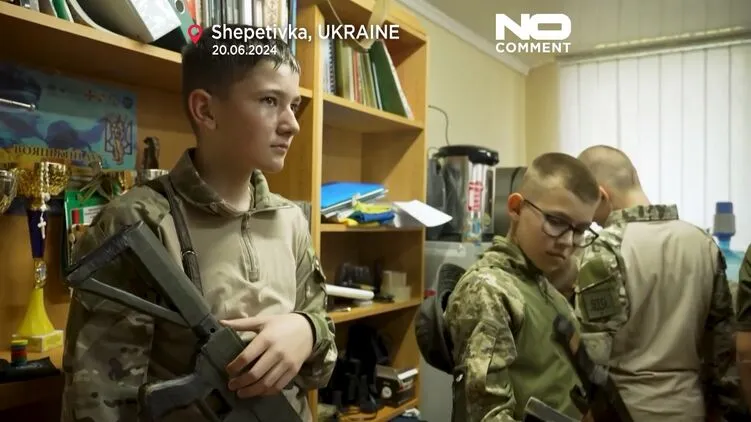
Number mysteries
Why search for meaning in the fickle statements of politicians? Ultimately, it’s the finances that decide anyway.
On June 30, the IMF stated it predicted that Ukraine would continue to have an energy deficit until 2026. Why not after? The IMF stated this would be possible due to a reconstruction of the energy system, financed by an increase in electricity prices (a topic I’ll write about soon). But why wouldn’t Russia keep chucking missiles? I doubt the IMF believes in Budanov’s theories about the ever-shrinking supply of Russian missiles. Even he doesn’t bring that one up too much anymore.
Perhaps this is linked with Ukraine’s 2026 budget released on July 1, which plans to decrease military spending by 50%. Clearly, the government has something planned for 2025. Of course, they’ve stated before how there’ll be another counter-offensive and so on. But given the aforementioned rhetoric, perhaps something else is planned.
https://eventsinukraine.substack.com/p/ ... -to-peaces
Morale issues
The struggle against frontline gambling, the true number of deserters, discipline and donations in danger
EVENTS IN UKRAINE
JUL 04, 2024
Money flows
For those on Ukrainian social media, you will notice a never ending stream of instagram stories and facebook posts asking for donations to the army. In conditions of miserly wages and under-employment, many find it difficult to scrounge up the pennies. My friends stuck in the country tell me that people often face social humiliation by ‘patriotic activists’ online if they don’t reply to the latest call for donations with proof they sent money.
Meanwhile, figures like Serhiy Sternenko and Serhiy Pritula have built a whole political career out of gathering donations for the army. A new interview with Prytula was released yesterday on Ukrainska Pravda, which shocked me somewhat by how much Prytula draw attention to the fact that the SERHIY PRYTULA FOUNDATION is responsible for holding the frontline.
However, on June 8 AFU commander with the call sign ‘Diego’ complained on social media that donations were at their lowest-ever level. He called his last fundraiser a ‘litmus test of the mood of the people in the country…. people are tired of the war, very tired’. Only 12 people (including Diego and his wife) donated to his last fundraiser, even though 15 thousand viewed it over the course of the day.
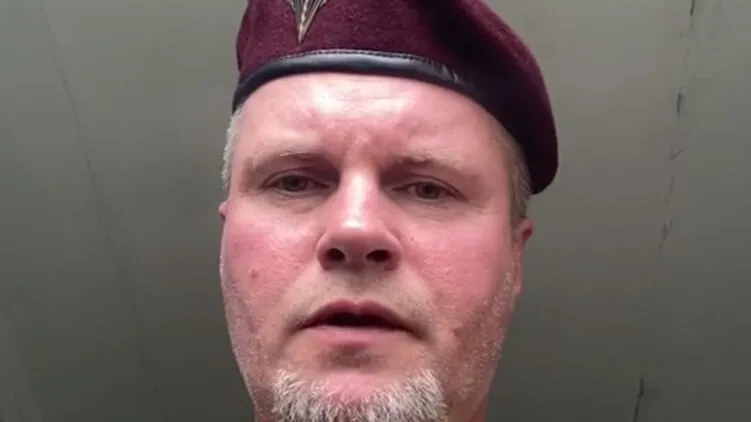
Anna Martynyuk, another famous 'military fundraiser/activist’, said the same thing back in late May, with the same diagnosis. She also drew attention to the fact that many businesses have left due to the threat of mobilization.
And what money does exist is often going the wrong direction - to gambling, which ravages frontline troops. Strana.ua reported in April on the desperation of officers at the front who try to stop gambling. Soldiers often gamble away all their income, and get into deep debt to continue gambling. In desperate search of adrenalin and a way to forget about frontline life, gambling is all their have. If their phones are taken away, they use other soldiers’ phones. Western media has also published on the topic.
In the effort to stop the epidemic of gambling at the front, the national bank restricted the use of credit funds to pay for online gambling on June 22. But according to experts, this will be easily overcome.
Discipline in danger
On June 27, former advisor to the president’s office Alexey Arestovich stated that AFU soldiers are refusing to carry out commands more and more often. On the same day, news emerged that the situation had worsened in a particular section of the front (Kharkiv region, Sotnitskiy Kazachok) after fresh troops replaced the older ones. This indicates the less reliable nature of mobilized troops.
On this matter, check out this July 1 post by a Ukrainian military meme instagram. The caption is ‘head of the brigade when he sees what the newly mobies [mobilized] learned from their base training program’:
(Paywall)
https://eventsinukraine.substack.com/p/morale-issues
*******
Came in a tank to get Russian citizenship
July 4, 17:04
Ukrainian Armed Forces tanker Maxim Likhachev, who stole a T-64 tank and crossed the front line to Russia, received a Russian passport, becoming a Russian citizen.
(Video at link.)
Maxim made the right choice. An example for other Ukrainian Armed Forces soldiers who don't want to die for the gang of the cocaine Fuhrer - call the "Volga" and go over to the side of the Russian army. This way you will save your lives and speed up the end of the war.
https://colonelcassad.livejournal.com/9245300.html
Tajik receives Russian passport
July 4, 13:22

Tajik Zikirullo Ganiev received a Russian passport. In 2022, he told his family that he went to Russia to earn money, but in fact he signed up for the SVO and took part in military operations as part of the Russian Armed Forces in Donbas. He received several wounds. After 2 years at the front, he received a Russian passport. Such Tajiks are welcome in Russia.
https://colonelcassad.livejournal.com/9244713.html
Google Translator
******
New effective strike by the Russian Armed Forces on the Ukrainian airfield
July 3, 2024
Rybar

For the third day in a row, Russian troops continue to hit Ukrainian aircraft in the enemy's rear areas. If previously the targets were Su-27 fighters and Mi-24 helicopters in the Poltava region, today the Dolgintsevo airfield near Krivoy Rog was hit once again.
This time, a Ukrainian MiG-29 was hit, which had been refueled shortly before landing. The aircraft was in a shelter made of containers to protect against drones, but, judging by the objective control footage, it did not save it from the fragments of the Iskander ballistic missile.
It is characteristic that in addition to the construction of improvised hangars, the enemy also used decoys - in the video you can see a model of a Su-25 attack aircraft, which is given away by its unusual shape. These measures were clearly taken after the previous accurate Lancet flights.
Today's attack was the seventh documented episode of strikes on Ukrainian aircraft at Dolgintsevo since September 2023. If we analyze open source data, then since then, seven combat aircraft have been destroyed at this airfield alone - four Su-25 attack aircraft and three MiG-29 fighters.
https://rybar.ru/novyj-rezultativnyj-ud ... aerodromu/
Google Translator


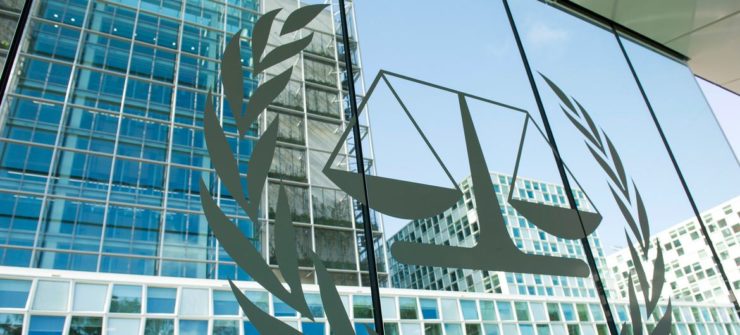

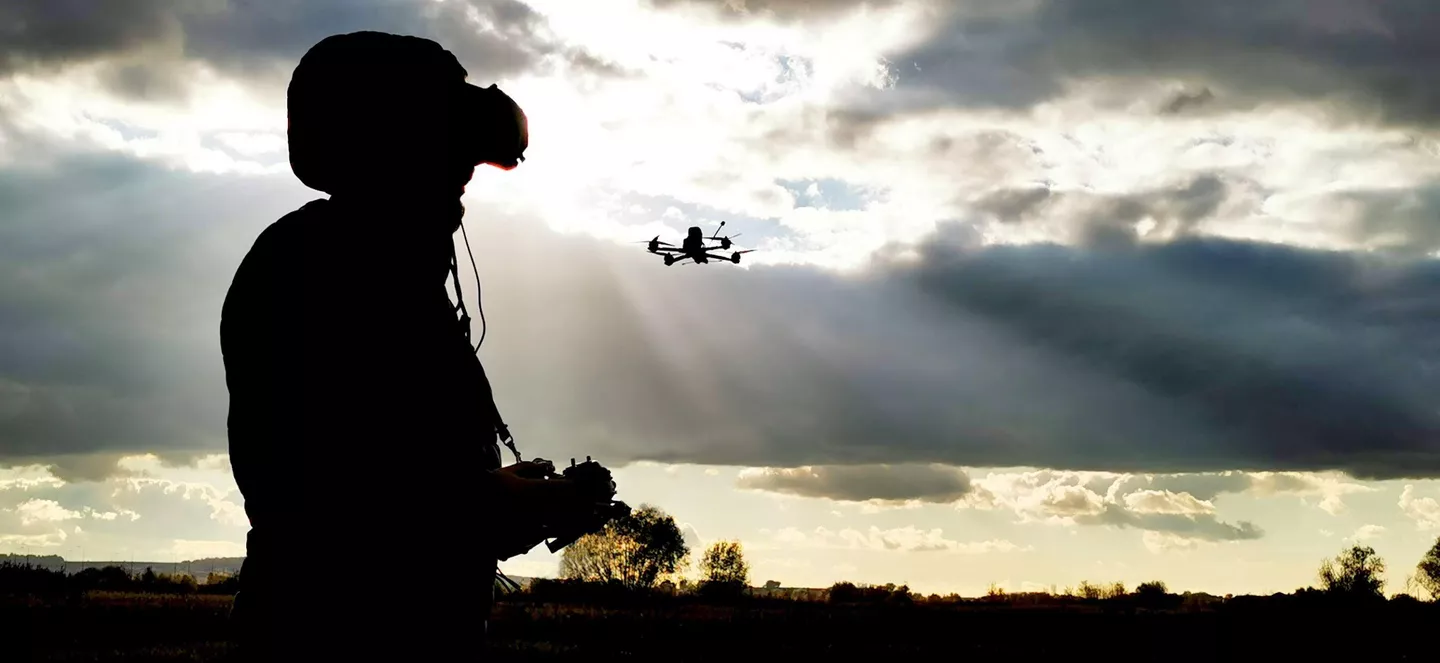



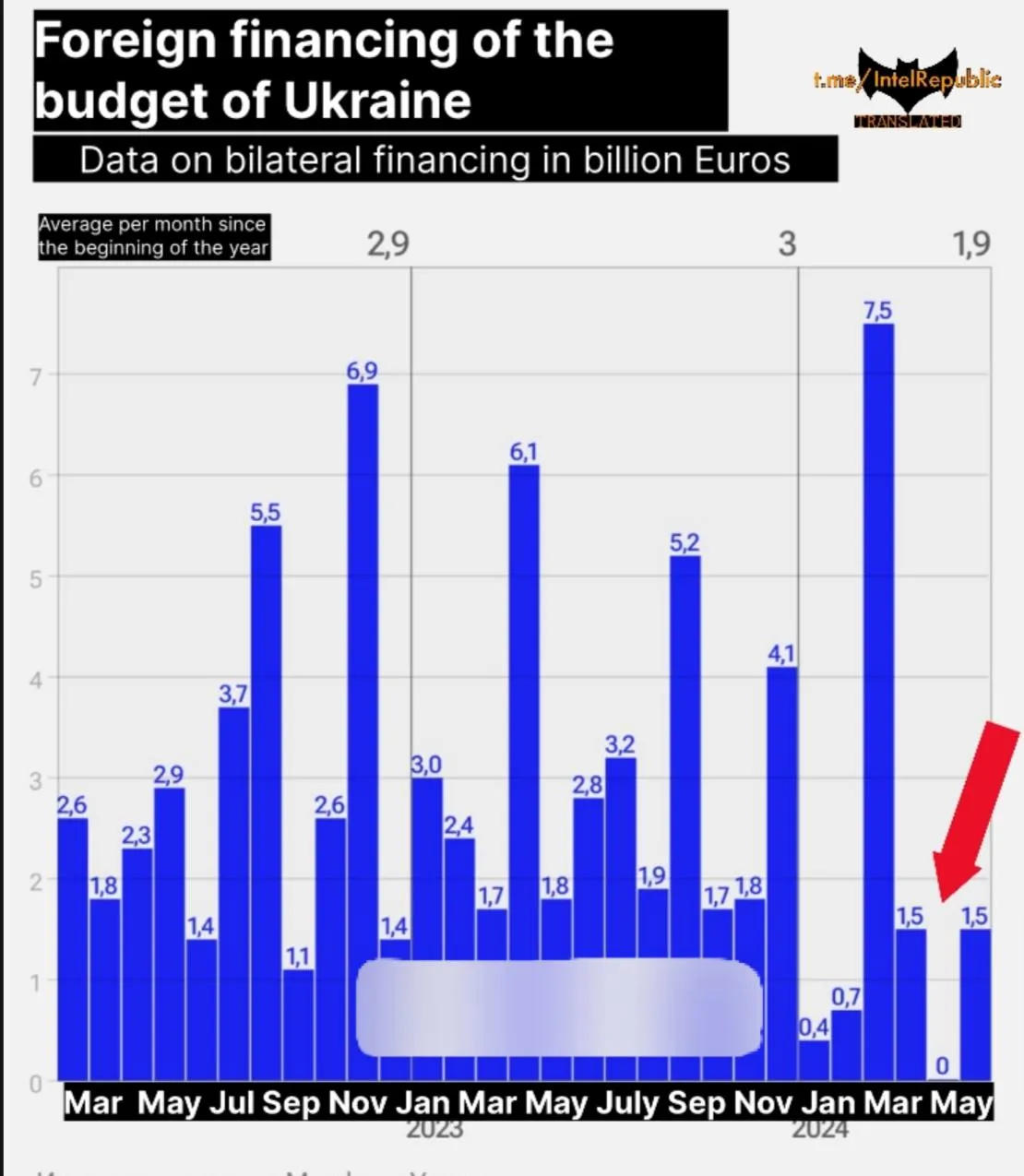
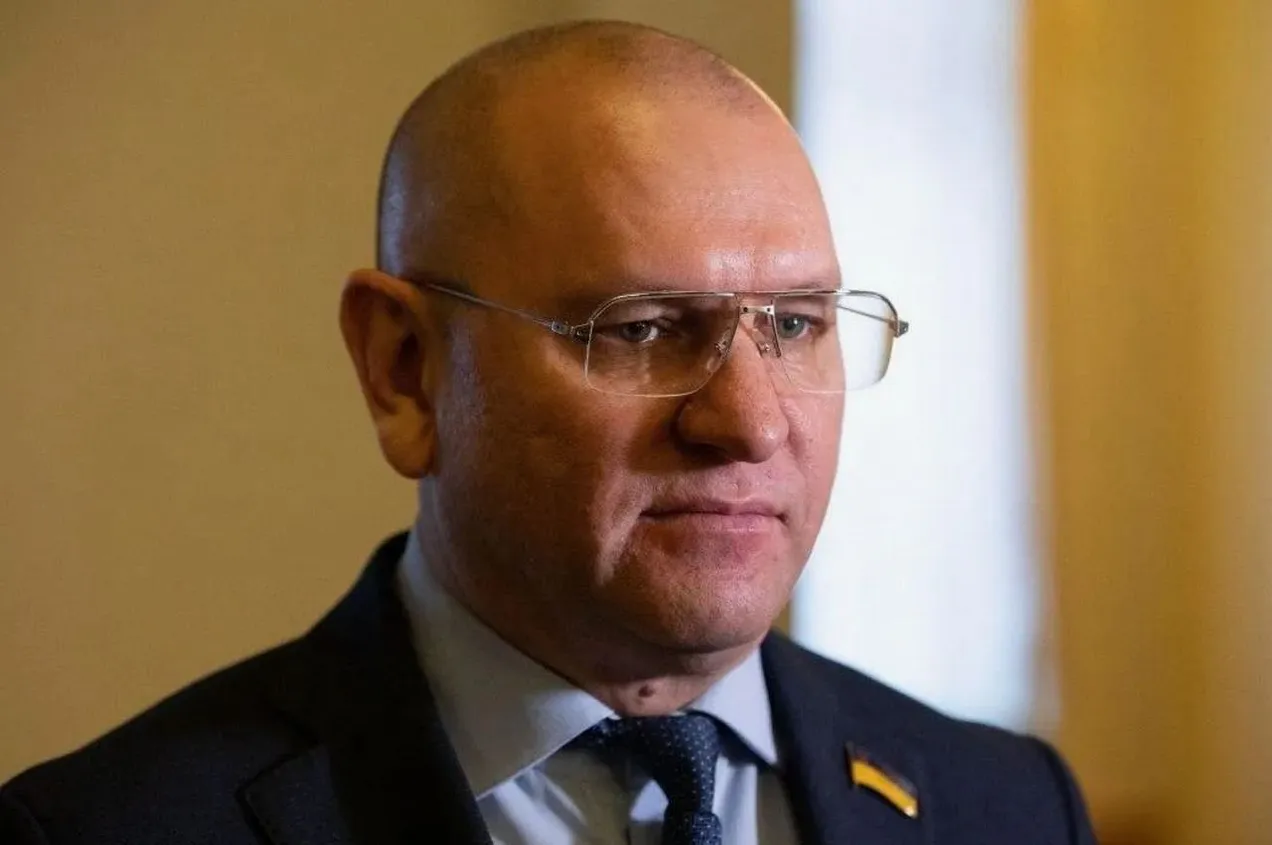
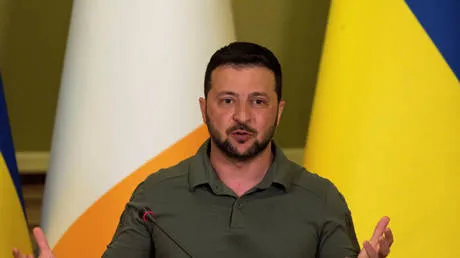
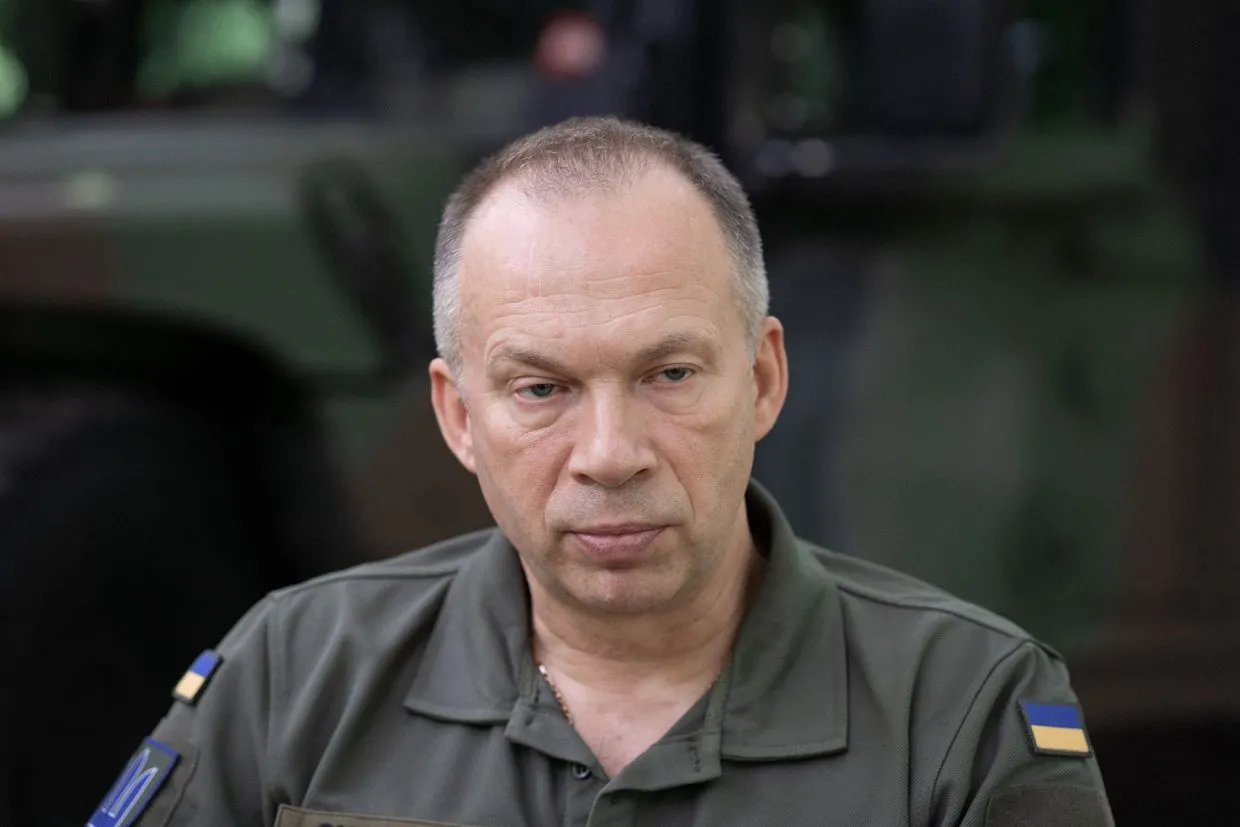

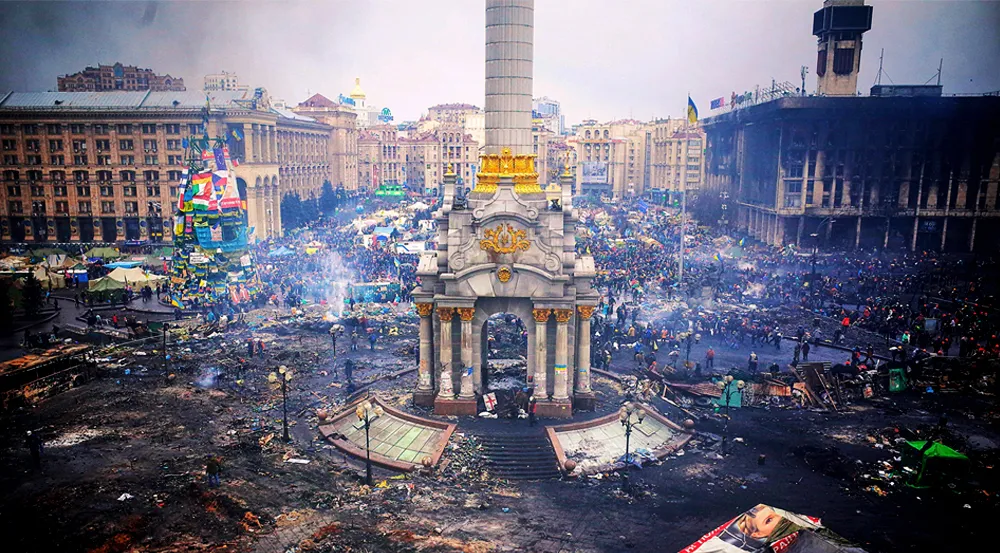
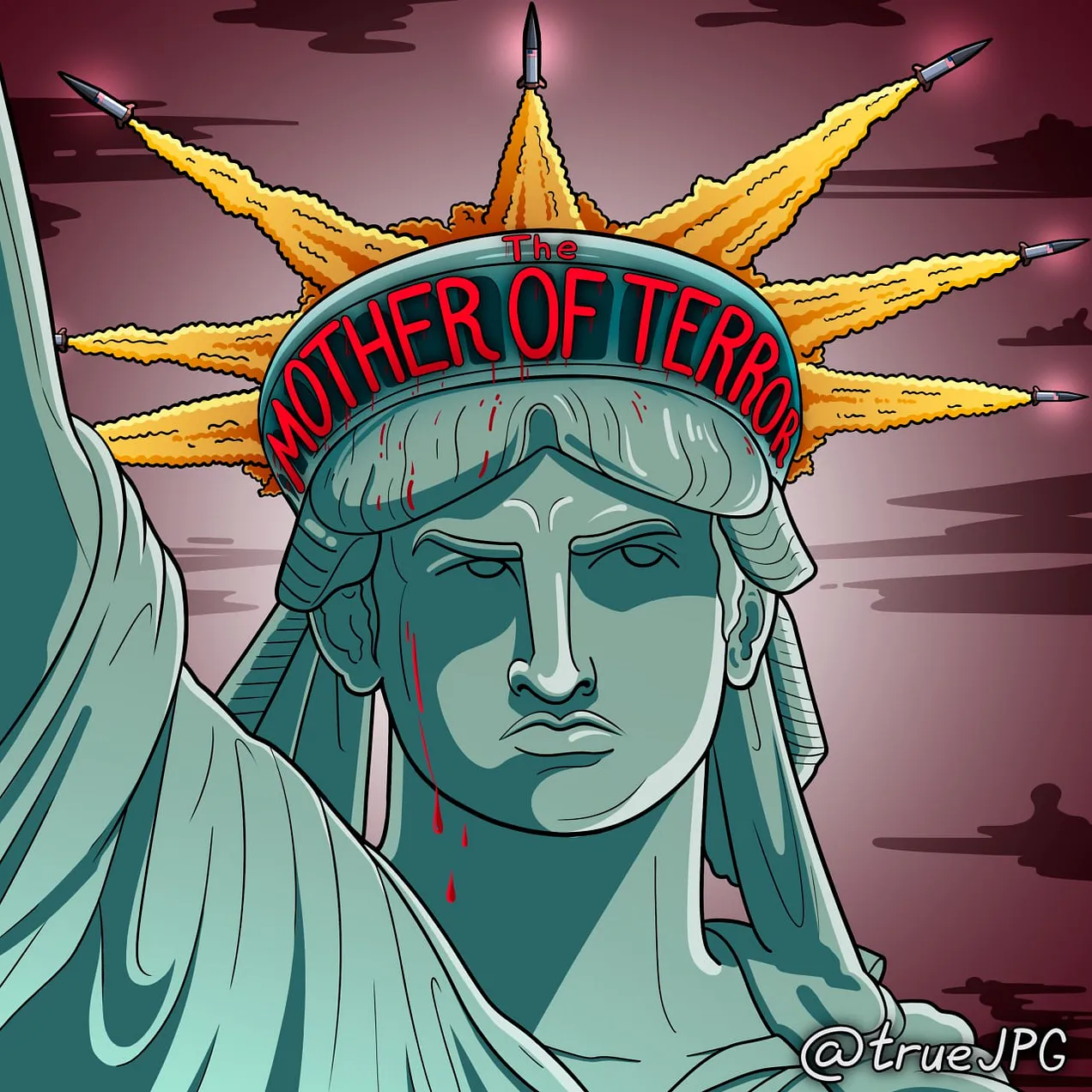
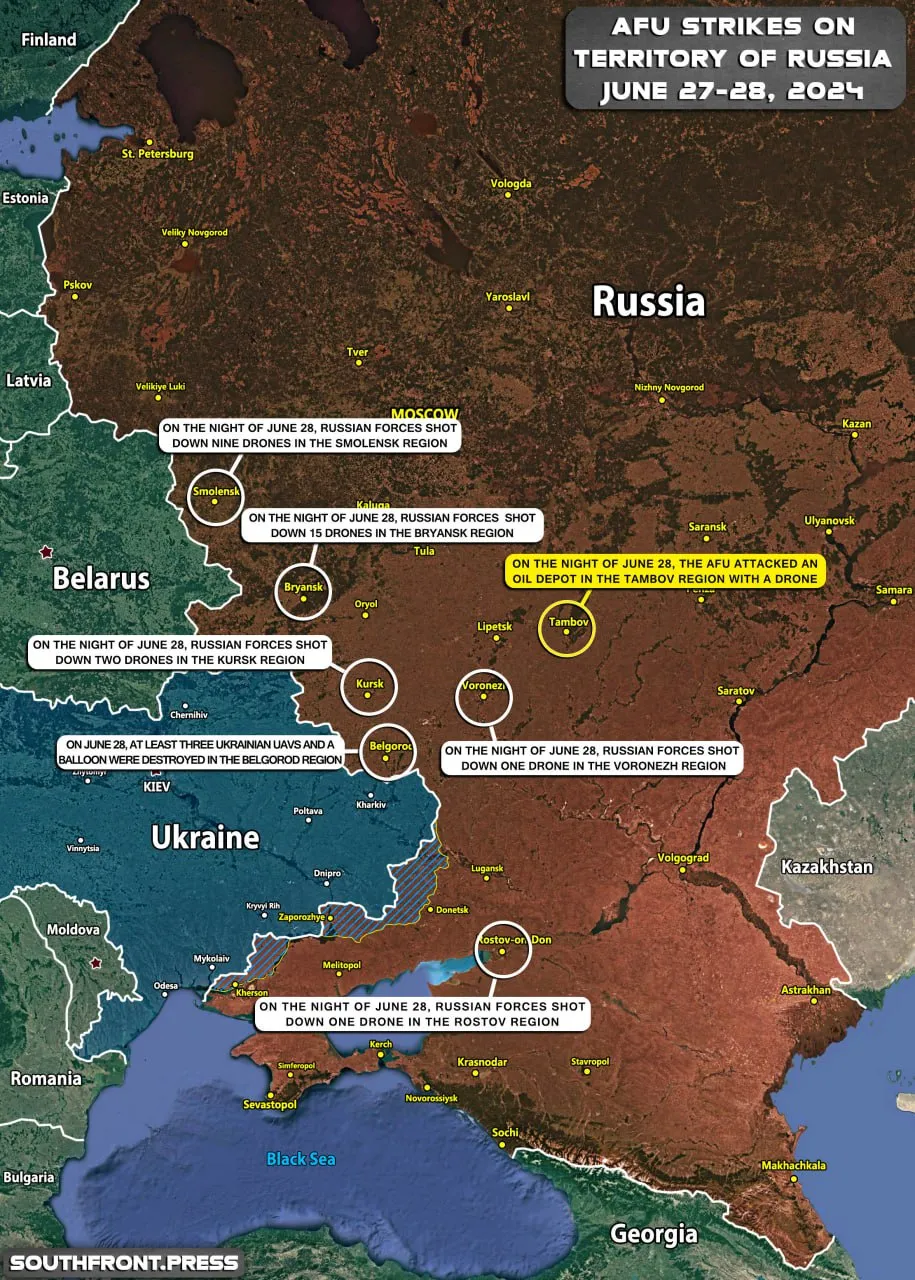
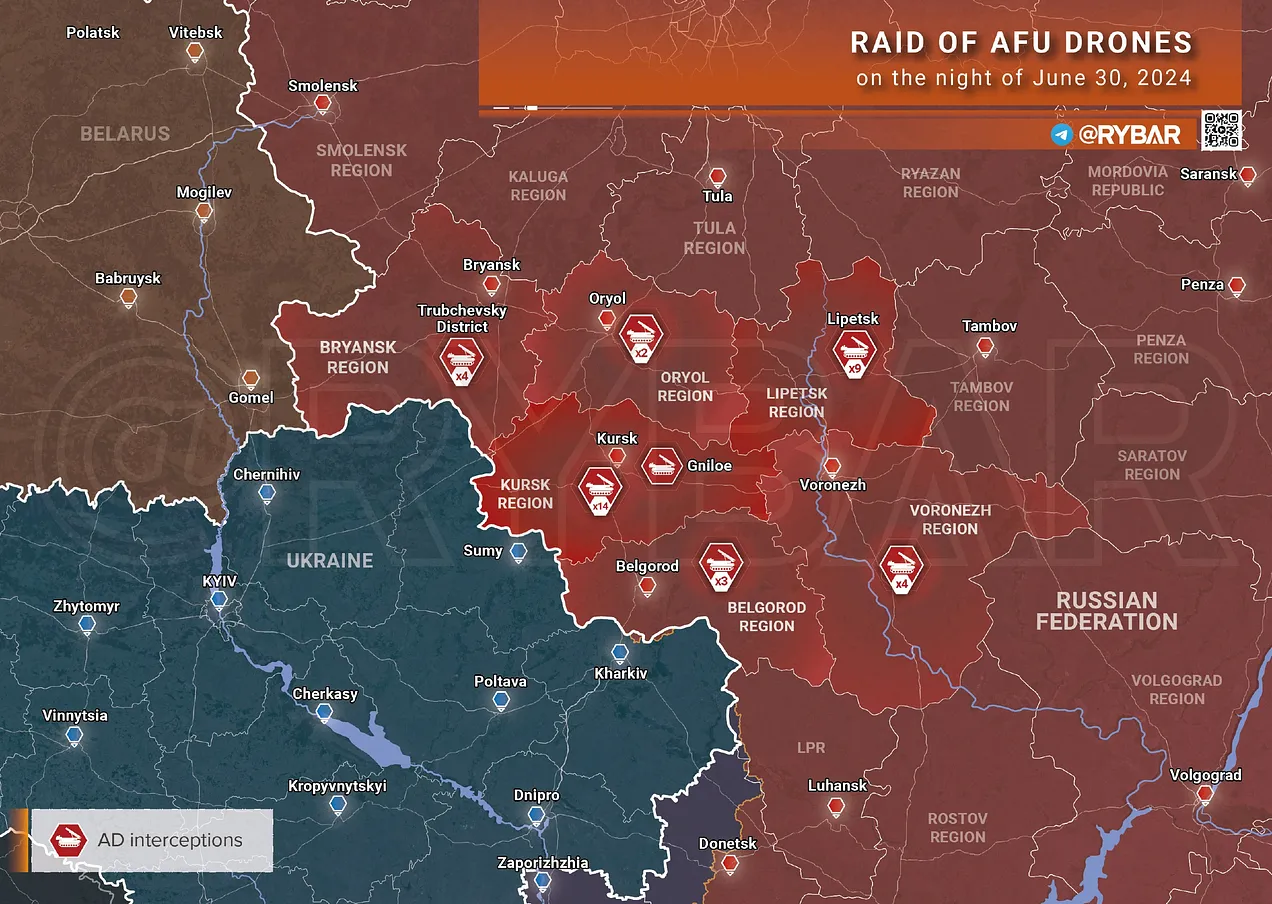
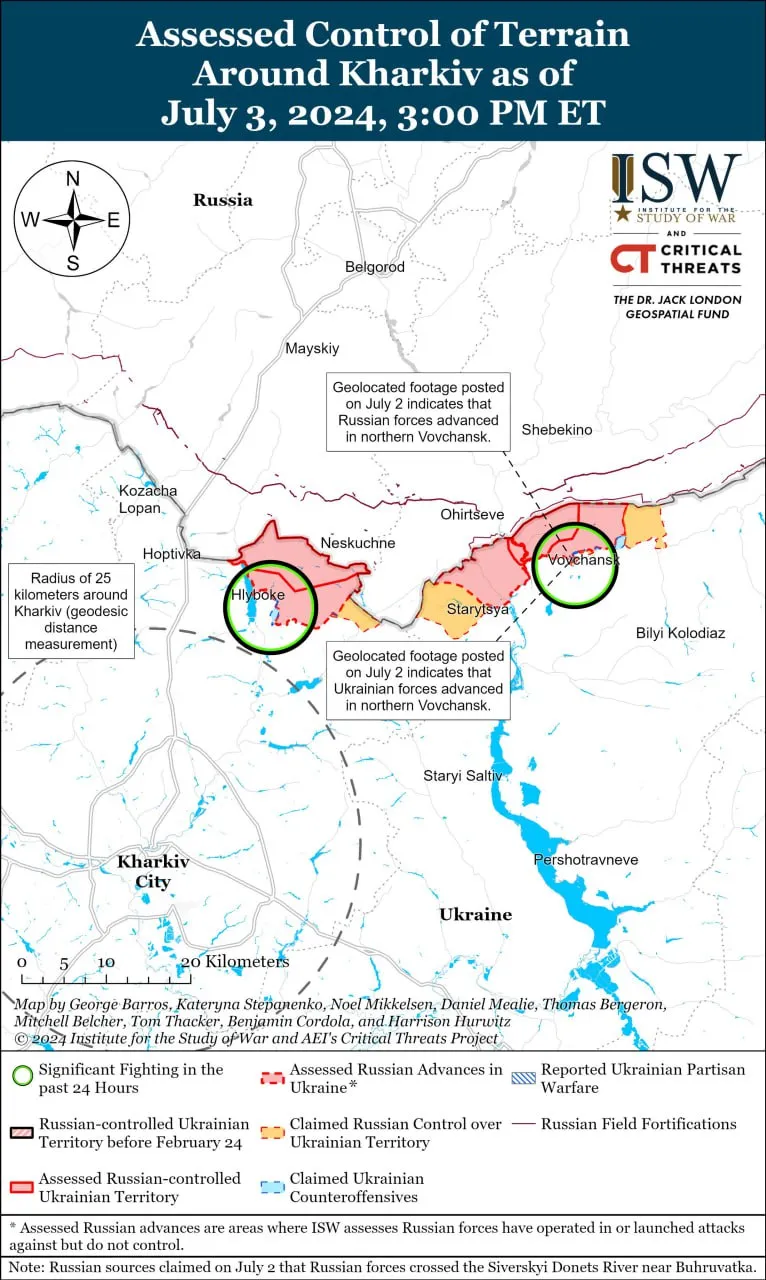
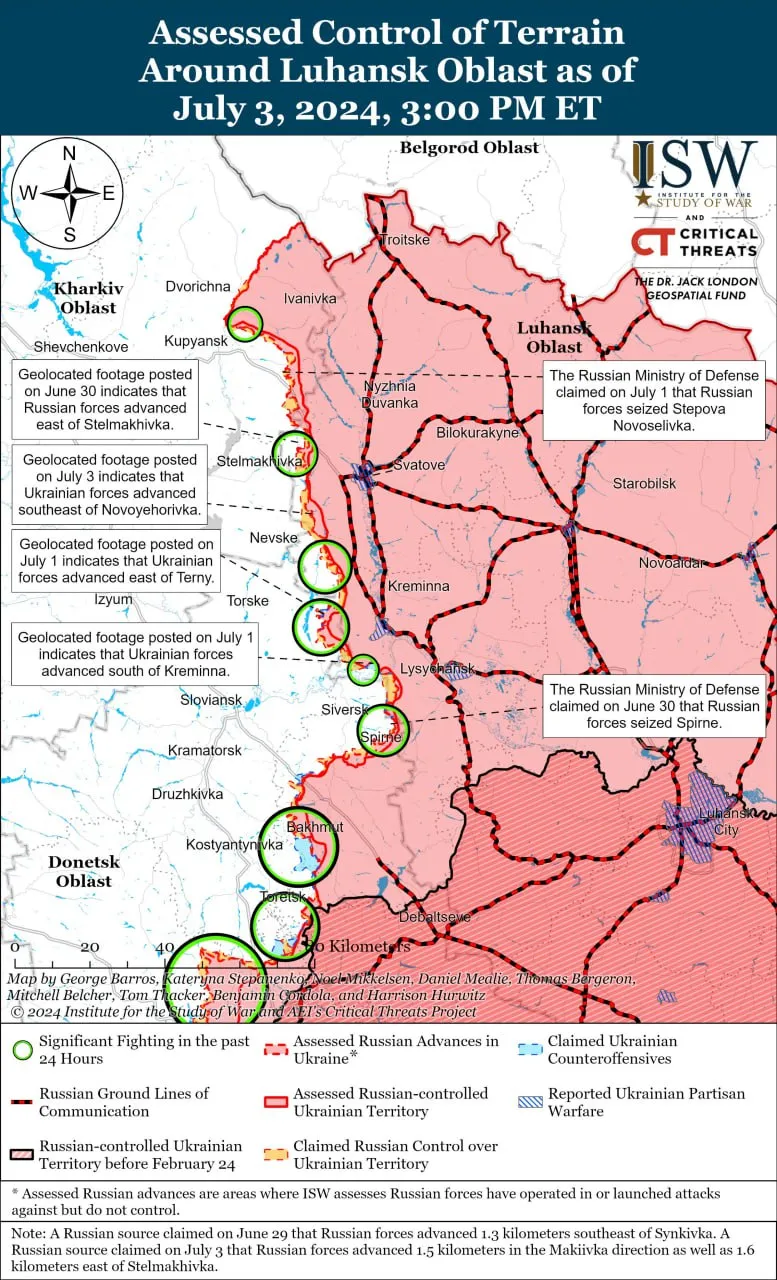
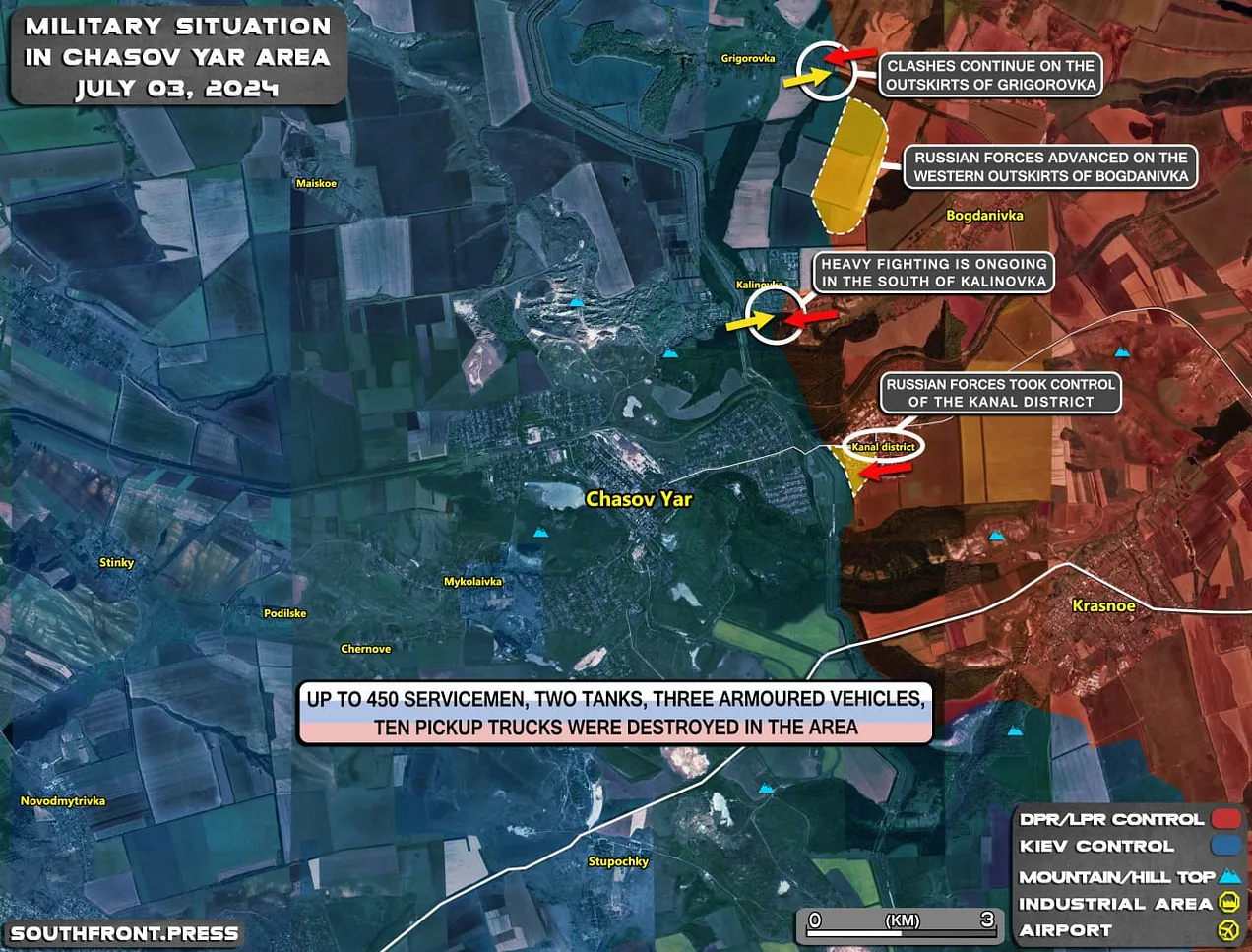
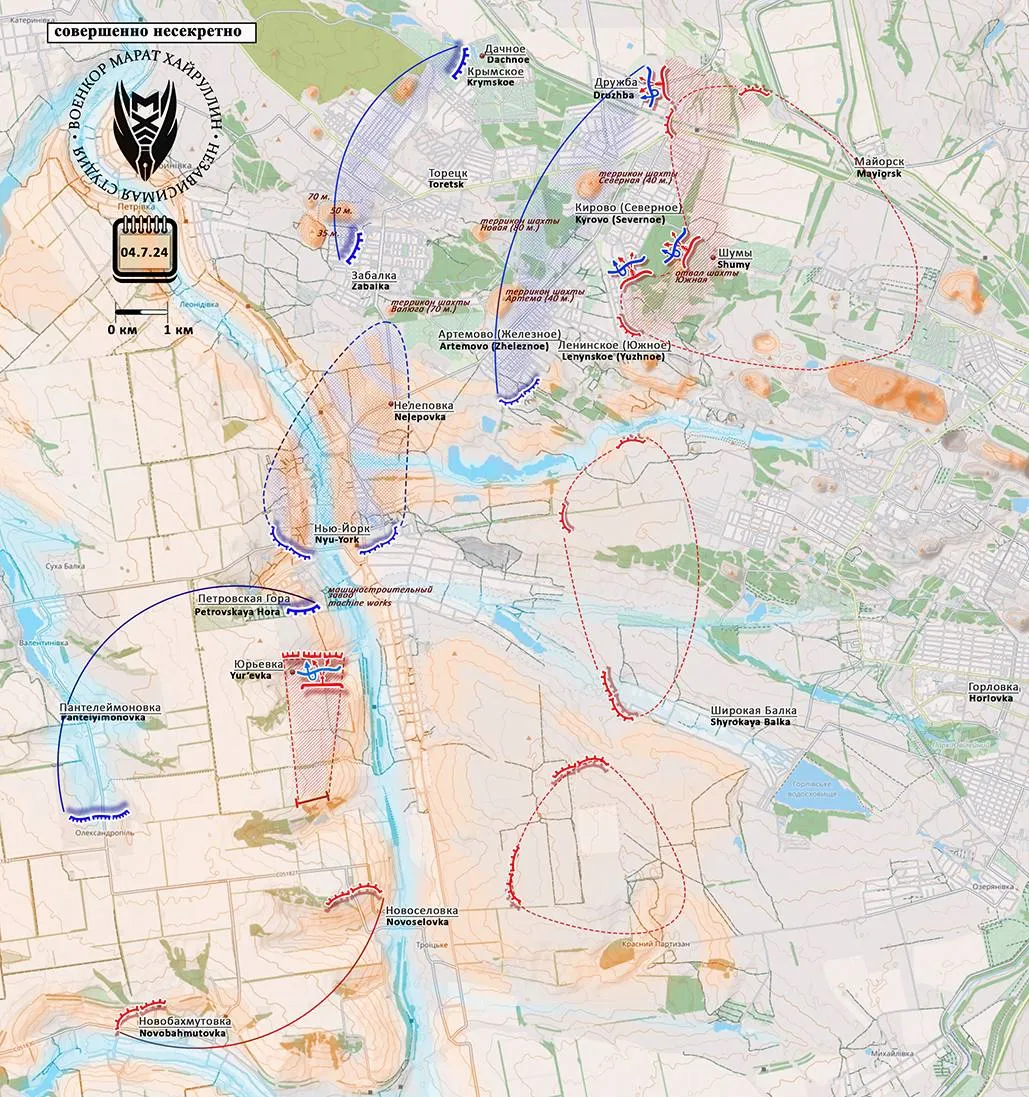
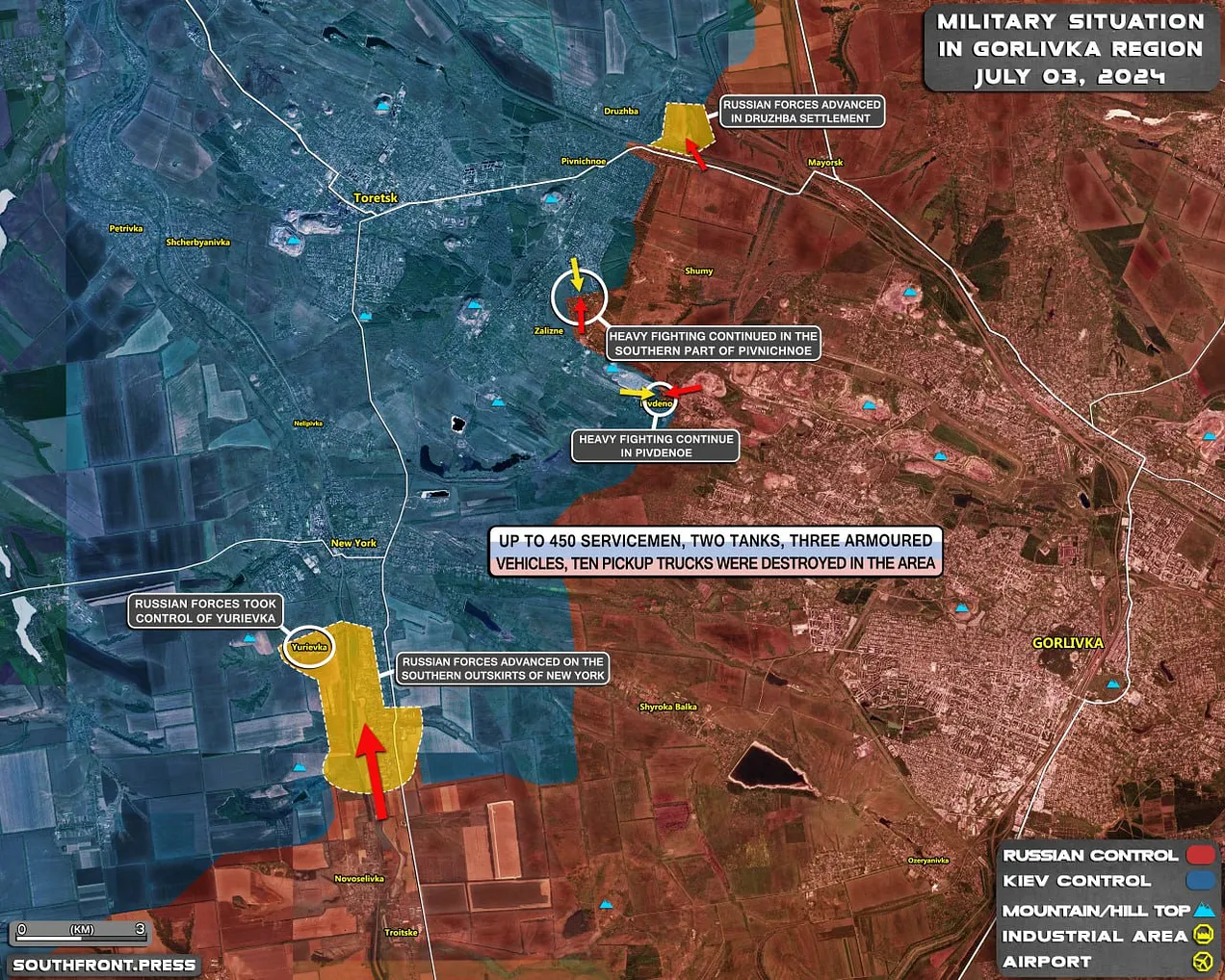
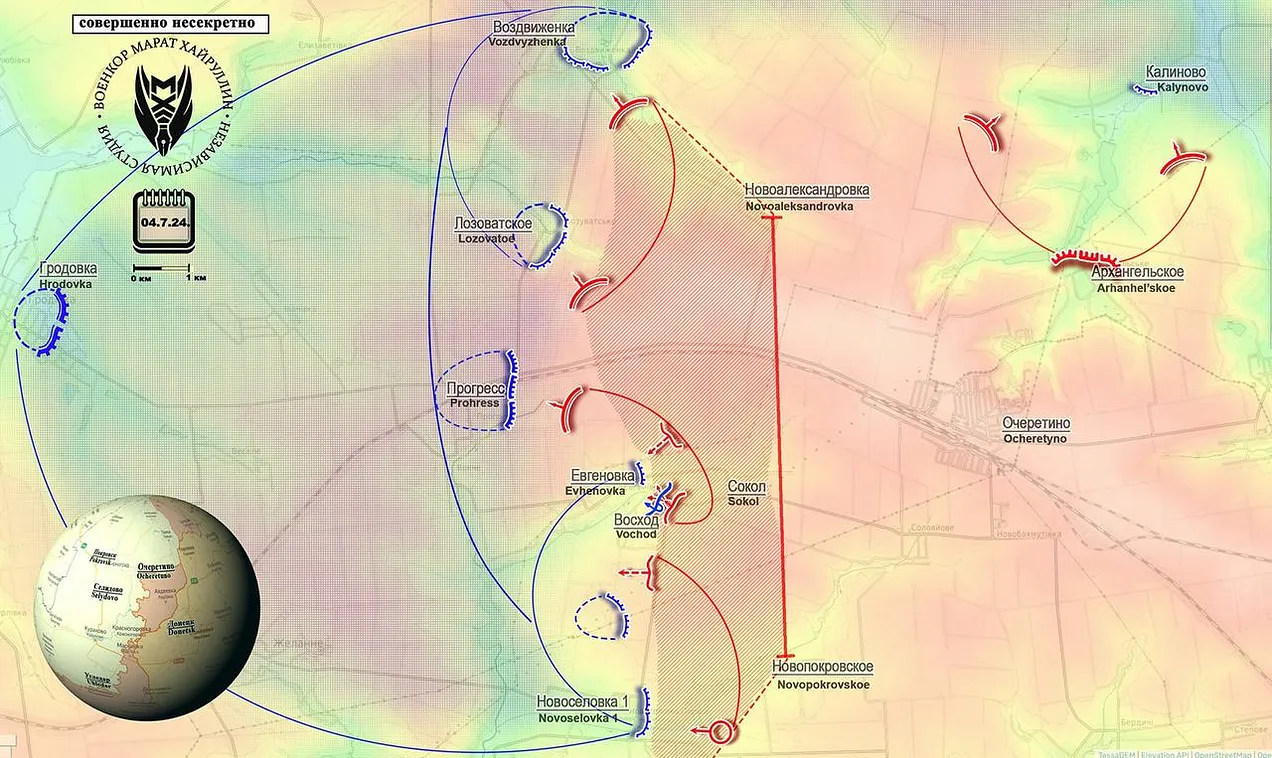
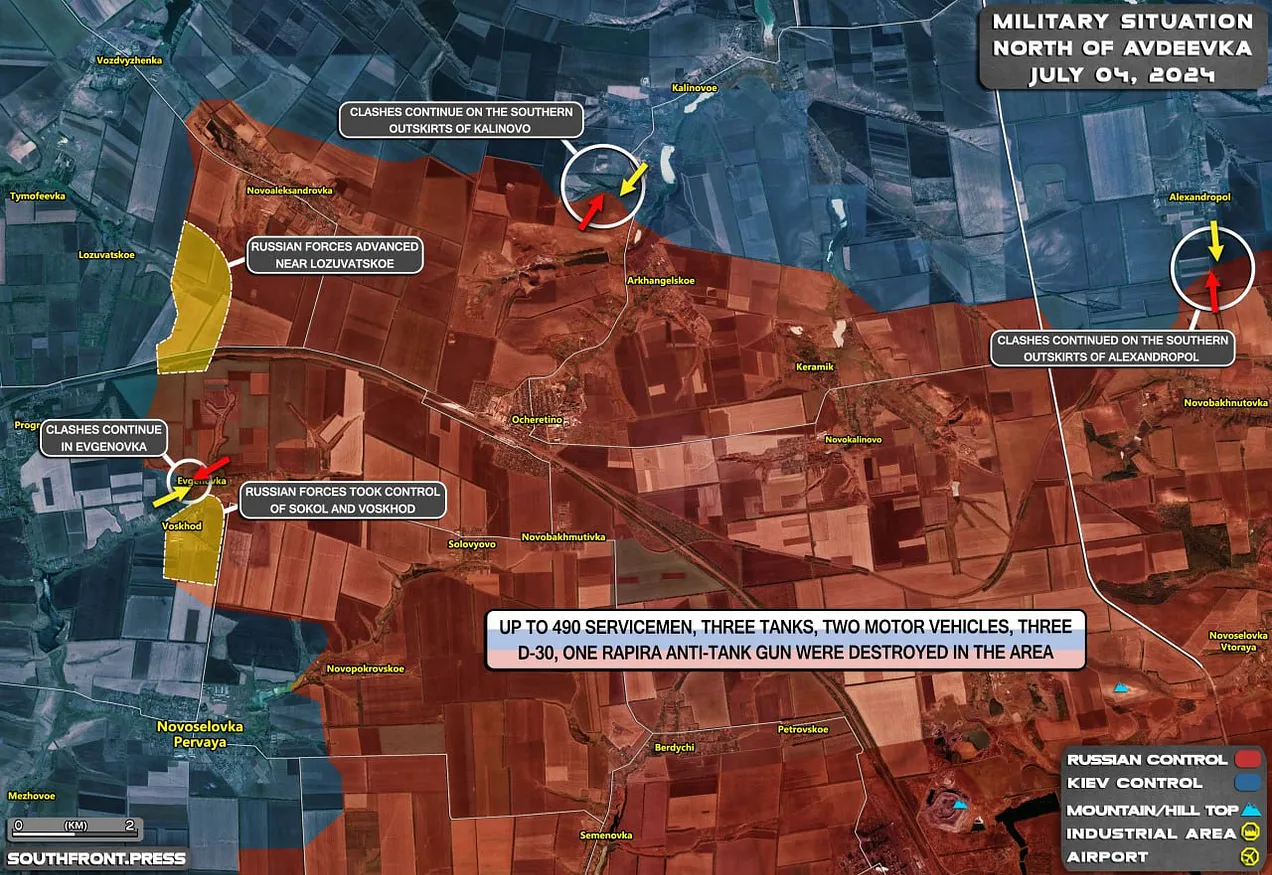
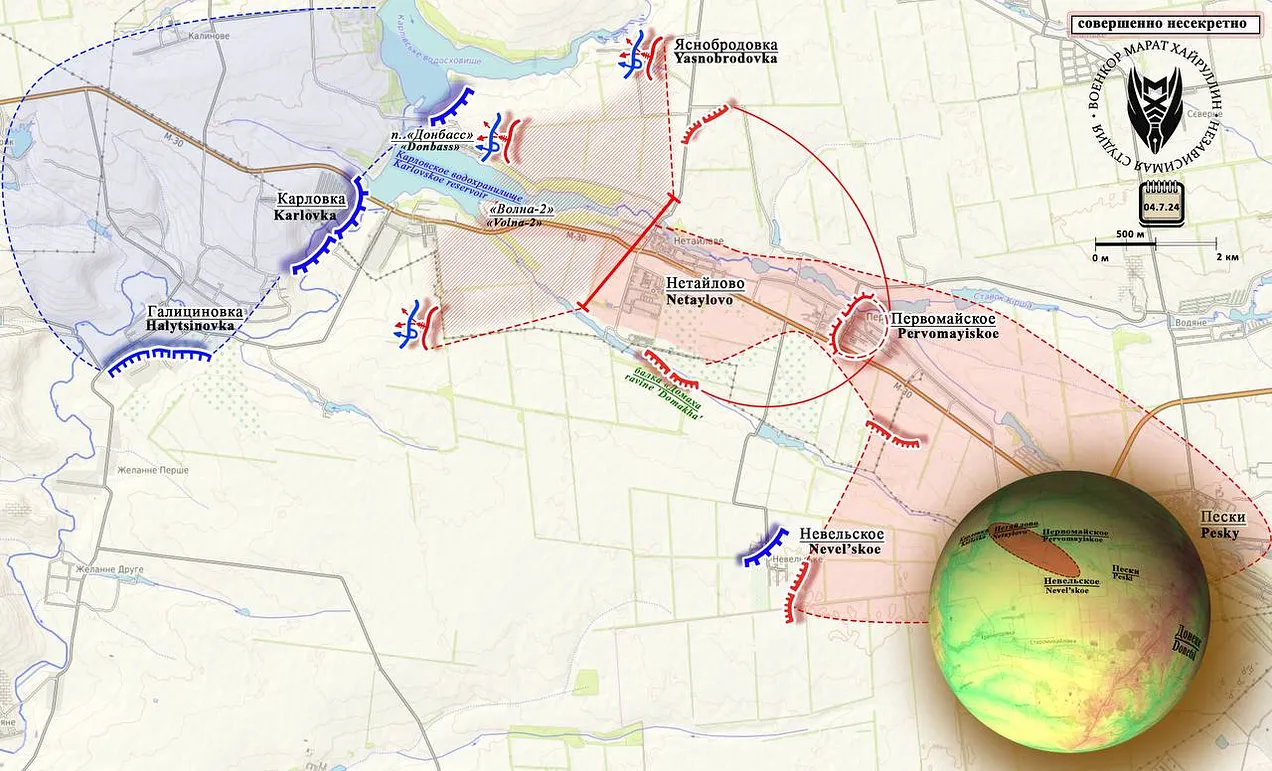
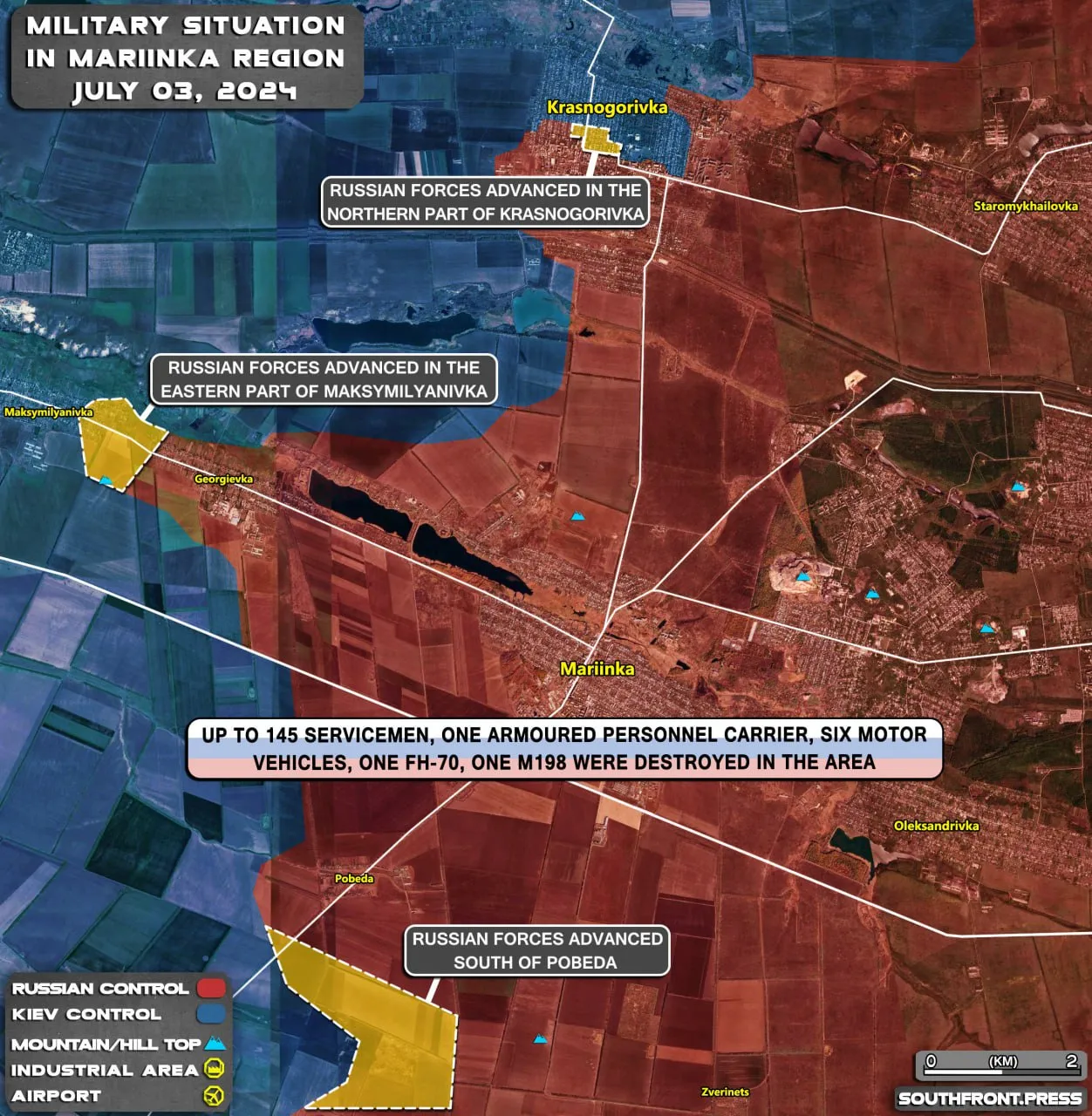
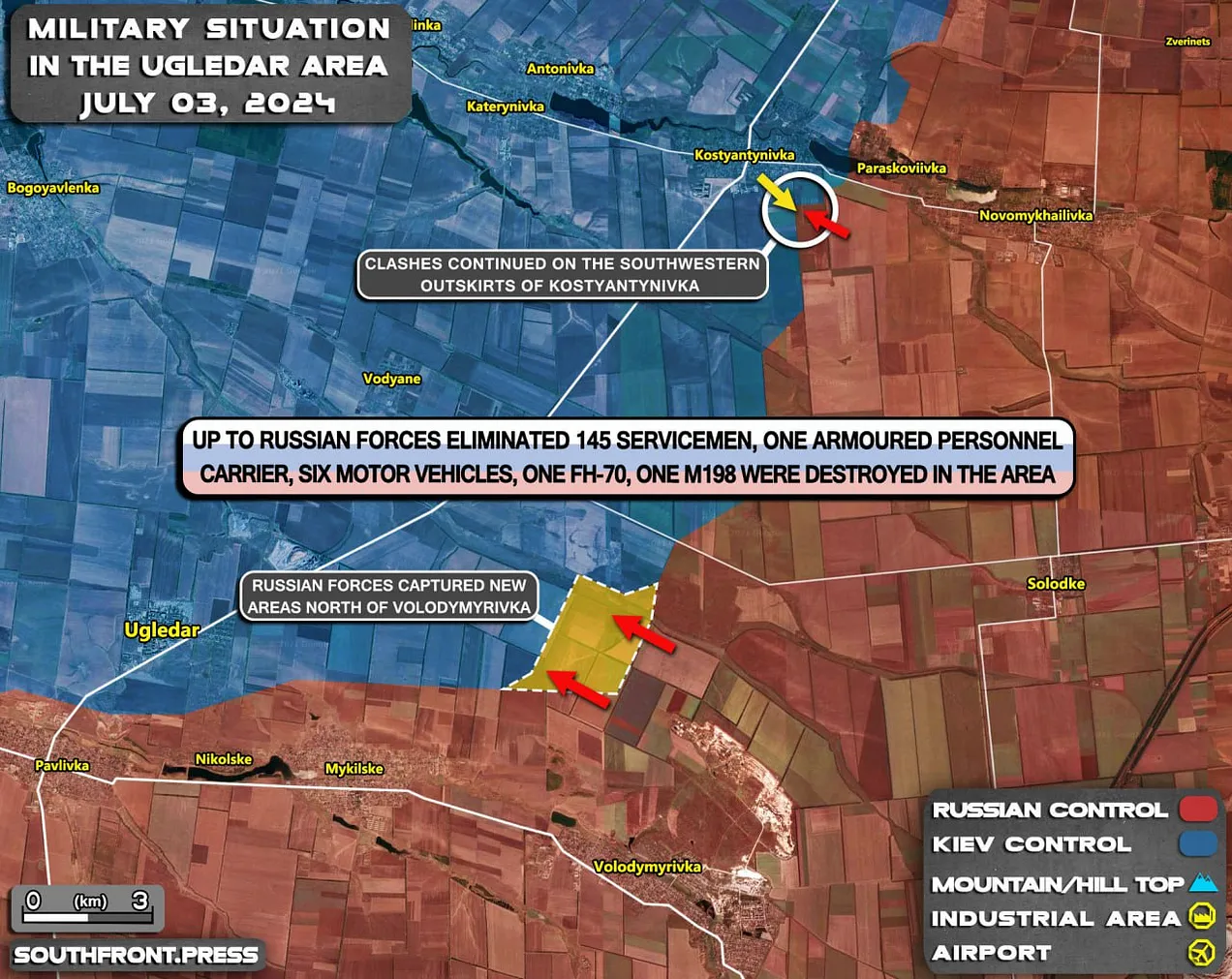

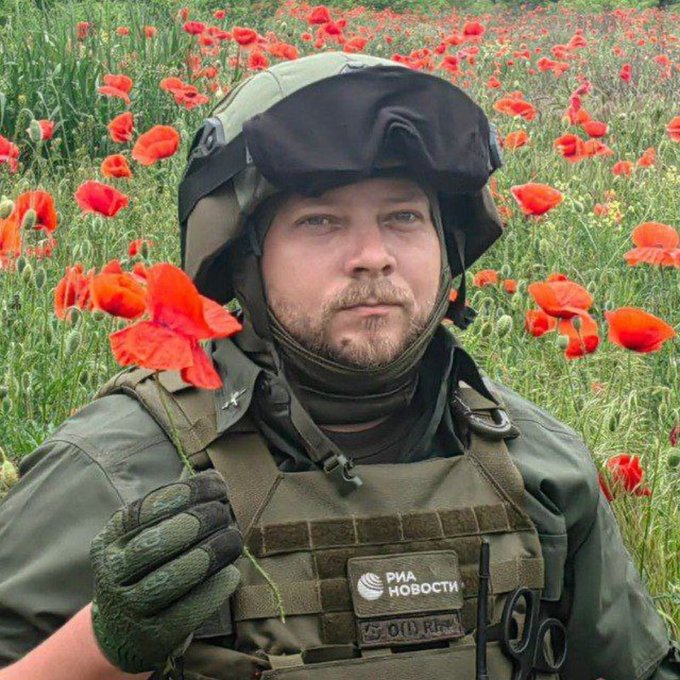
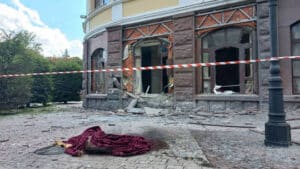
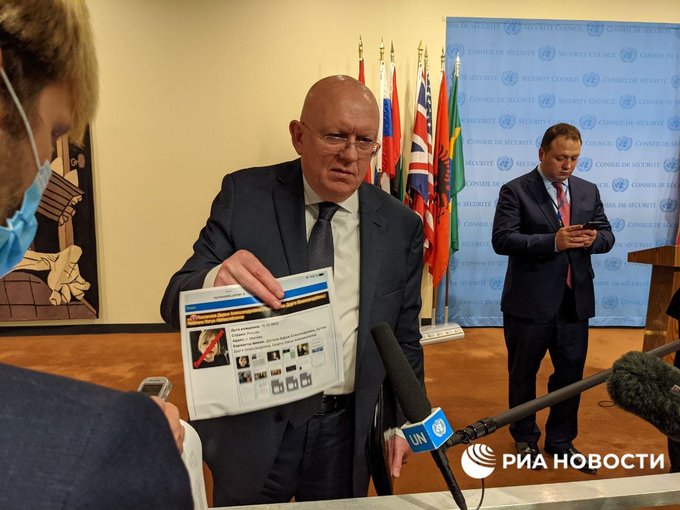











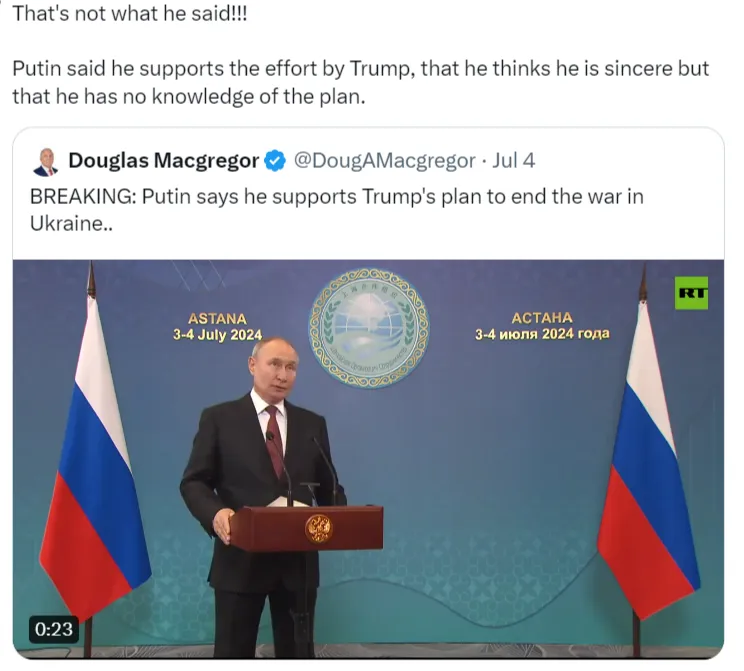

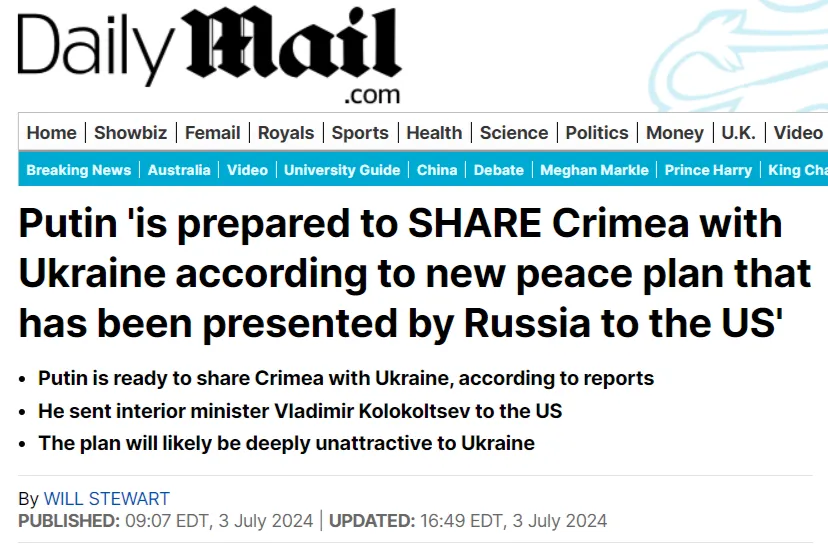

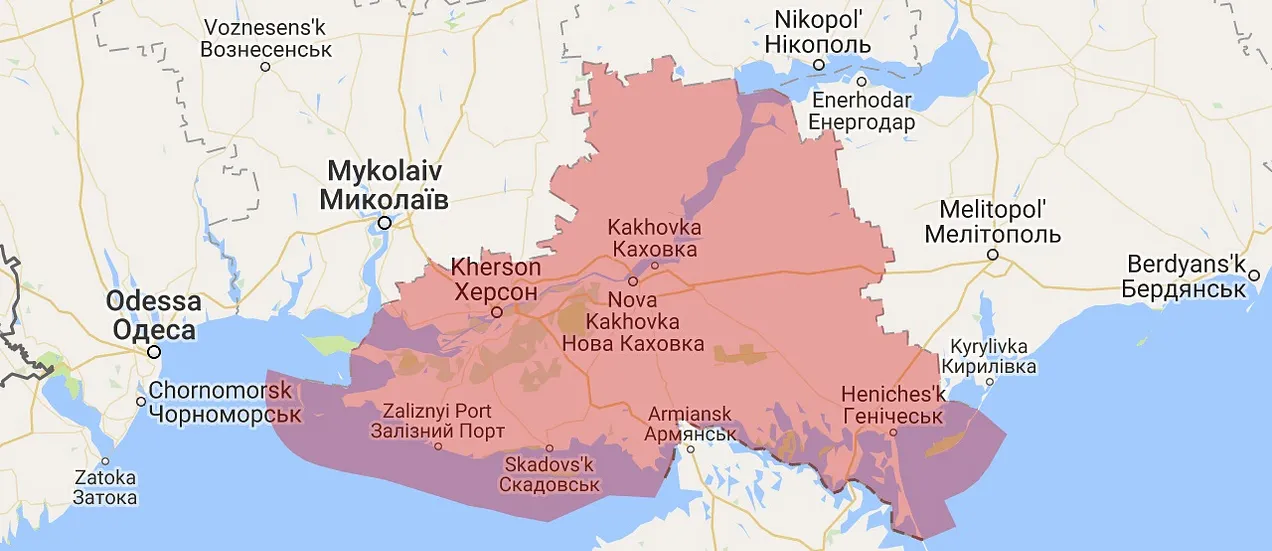
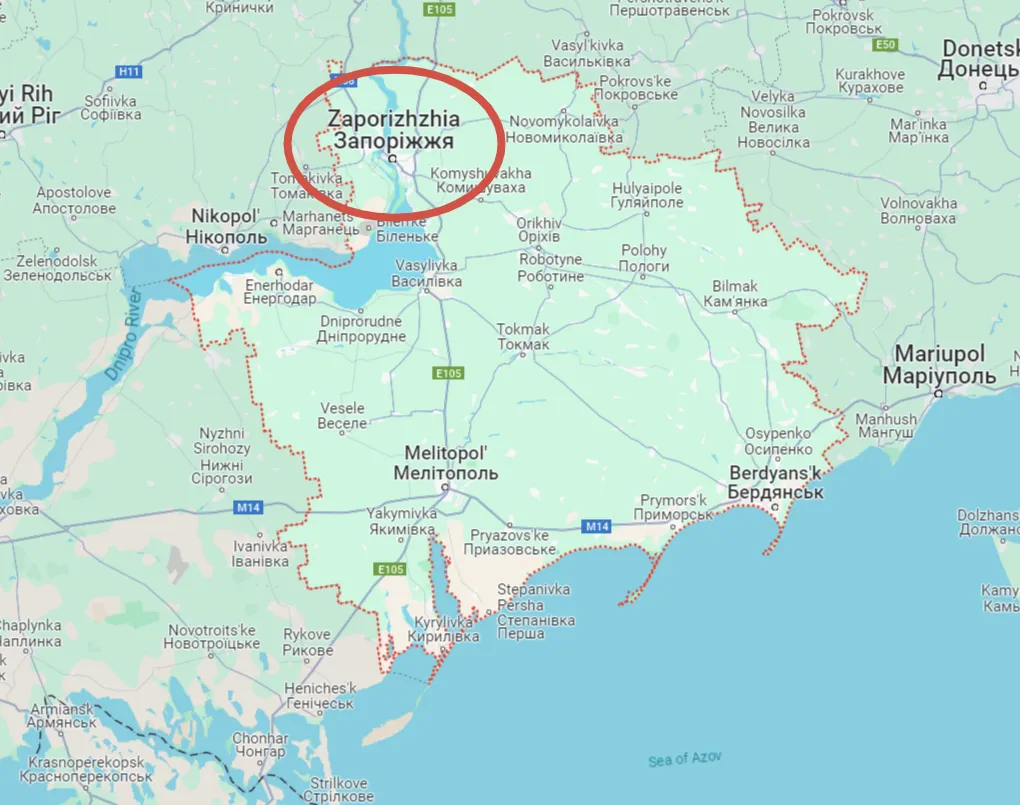


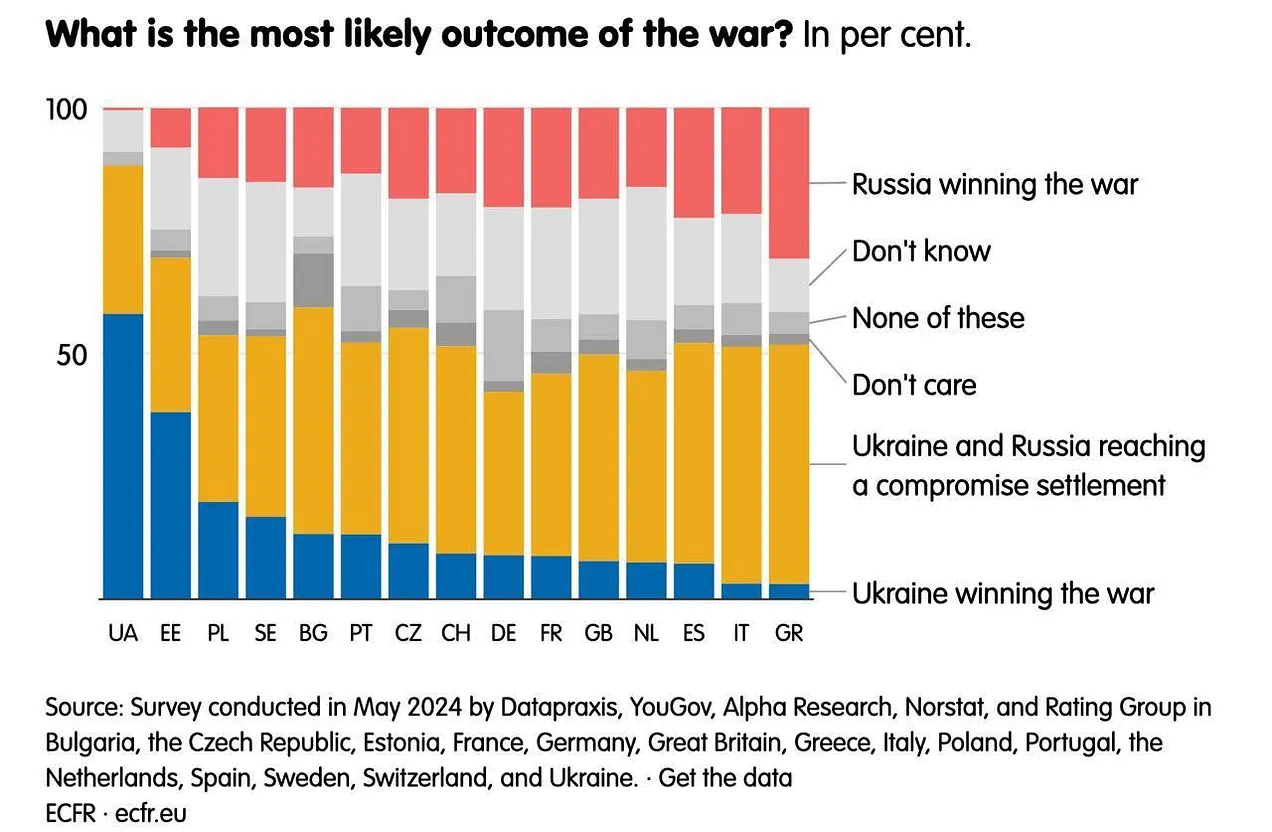
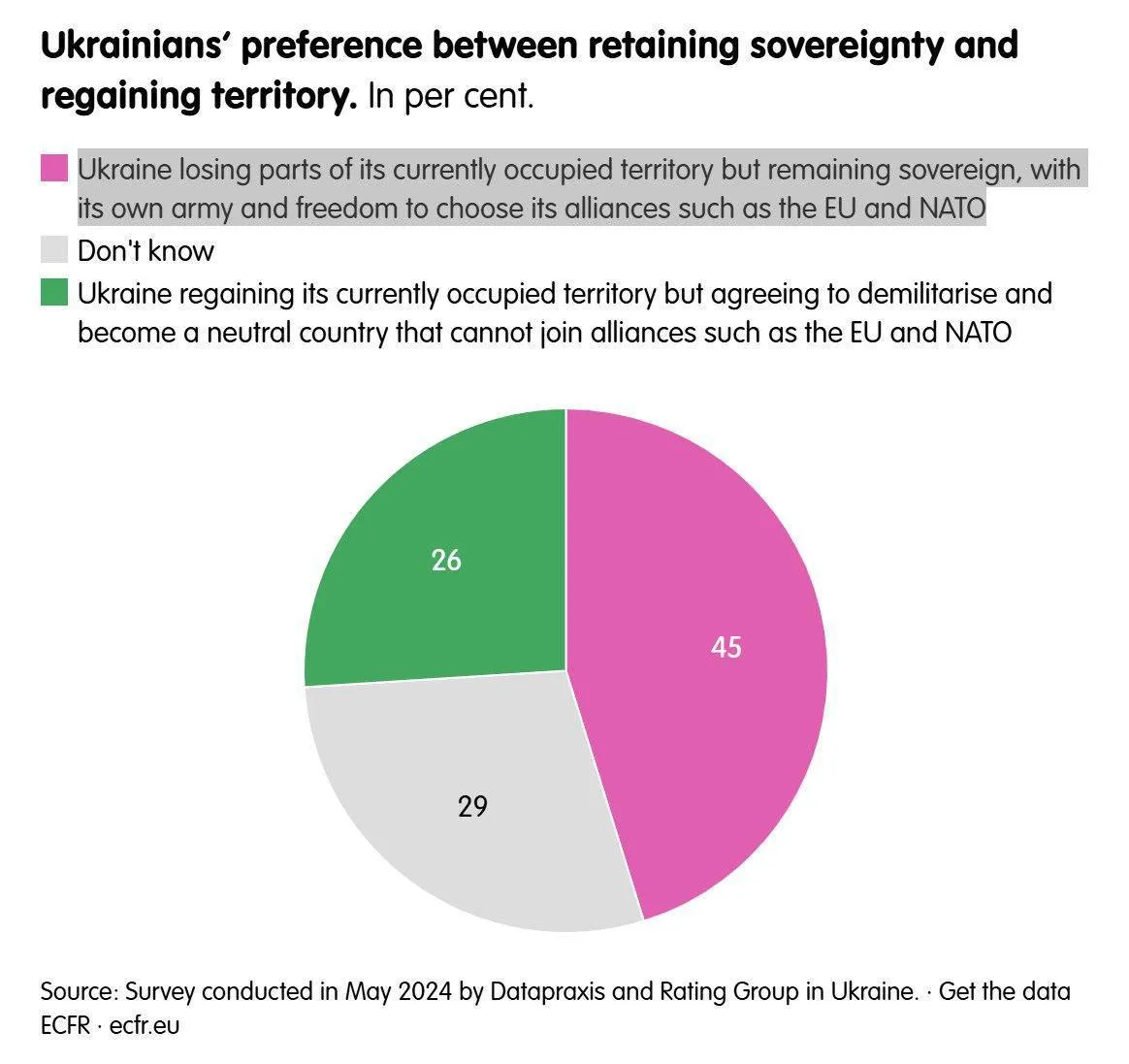
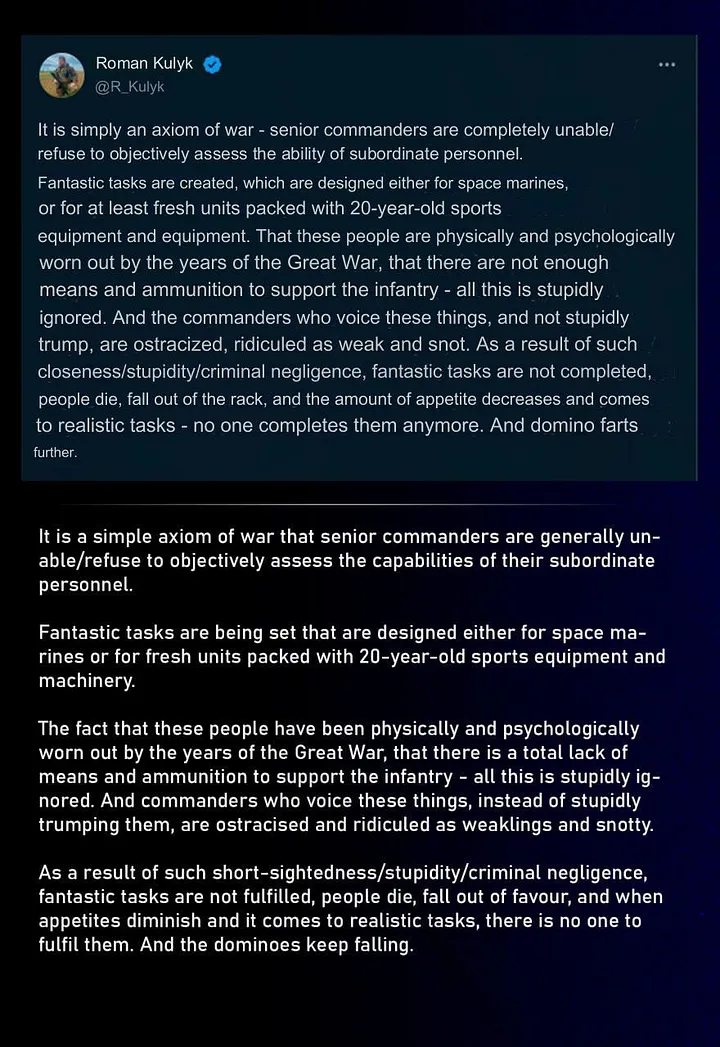
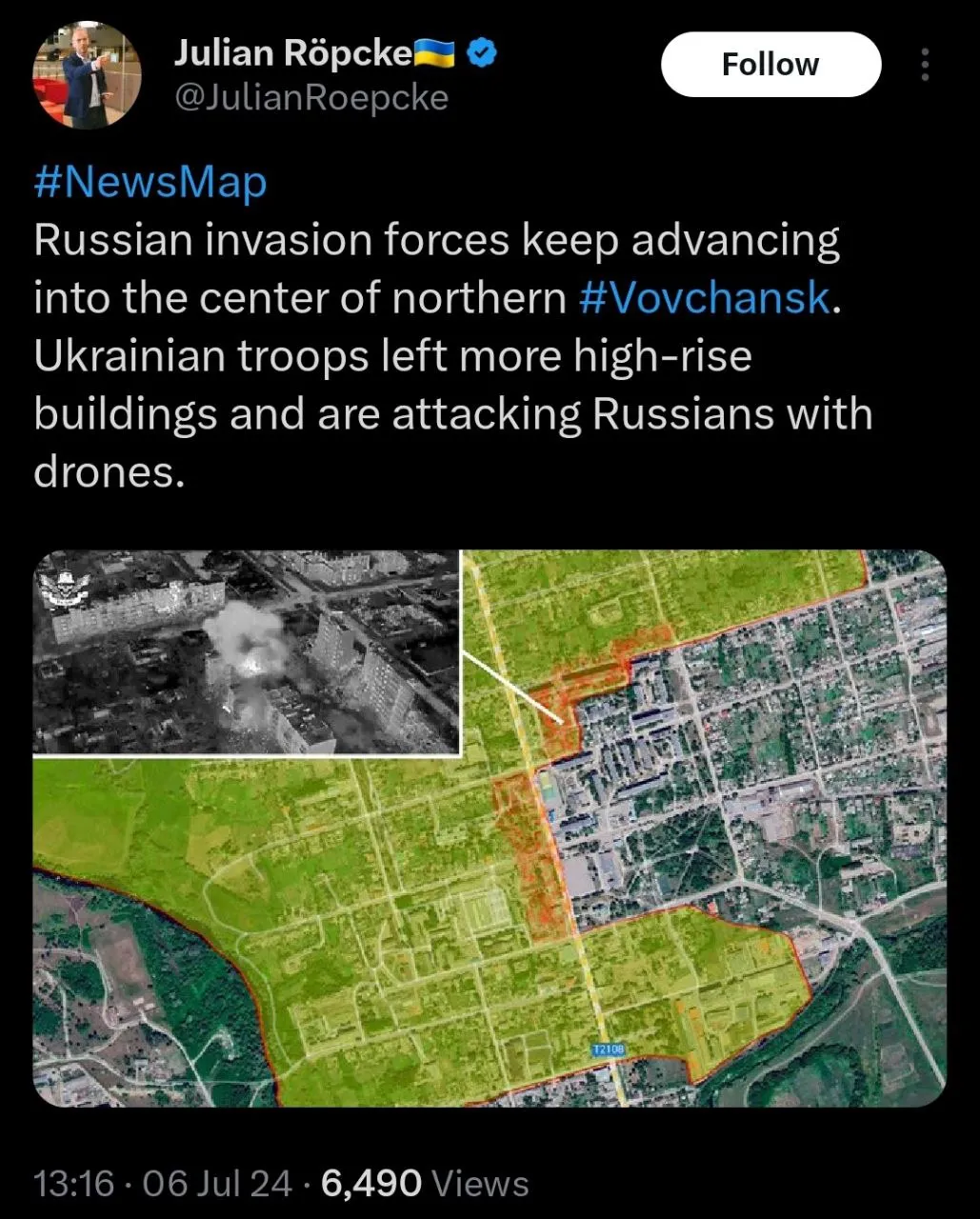
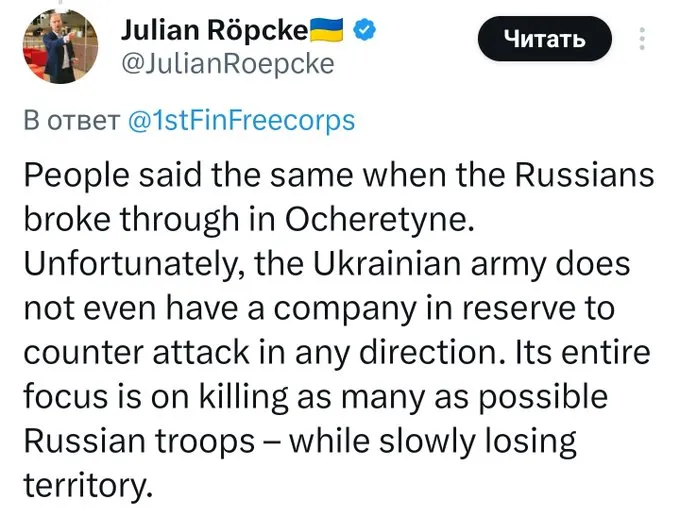
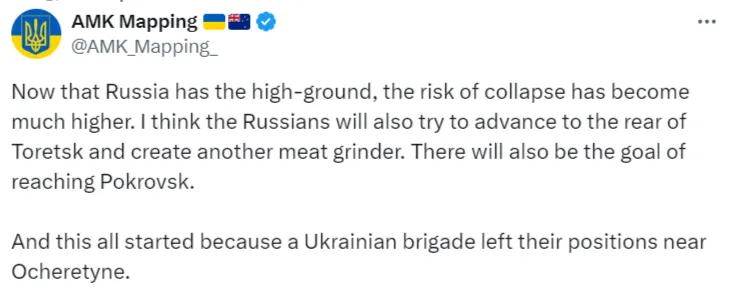
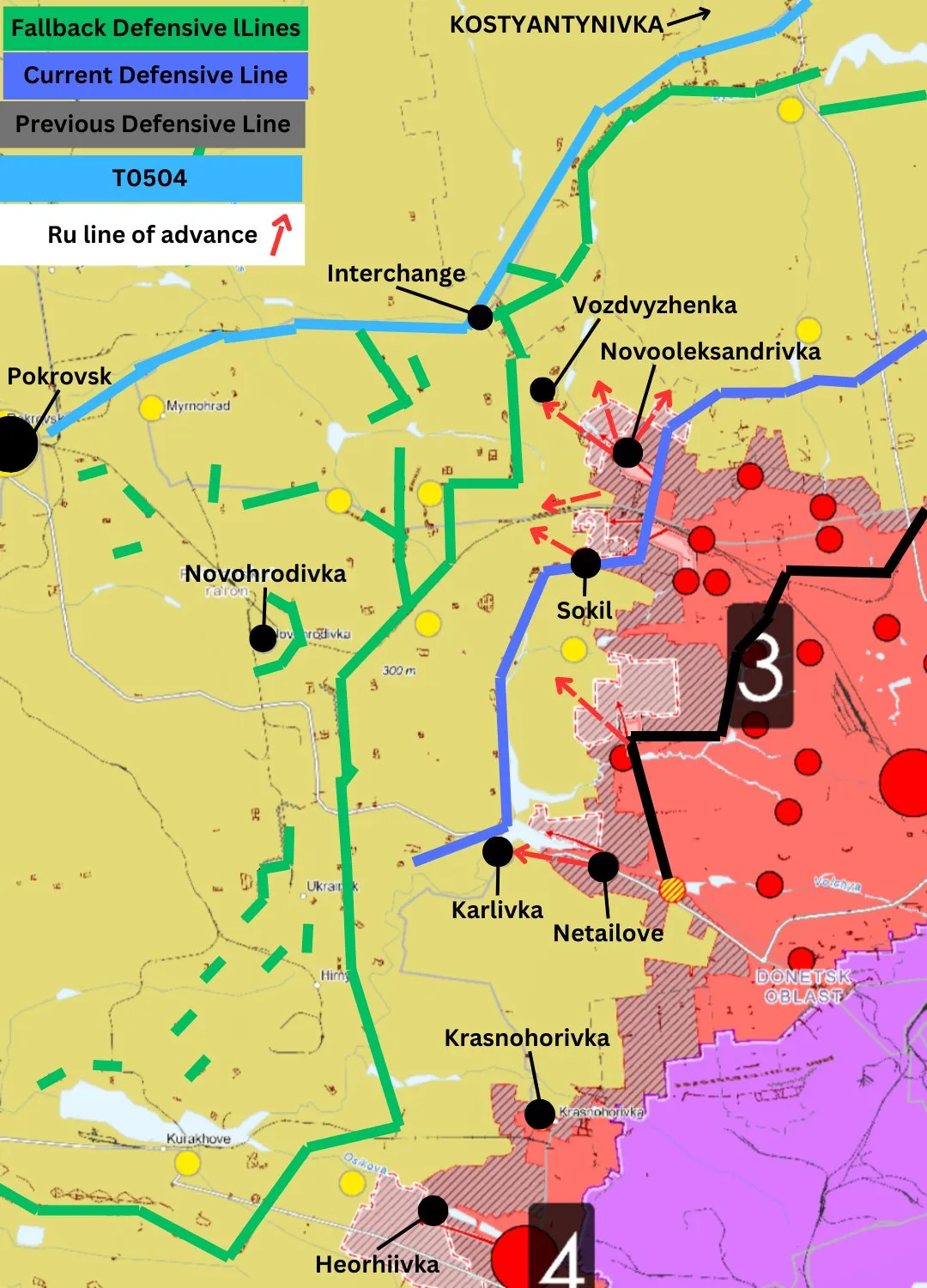
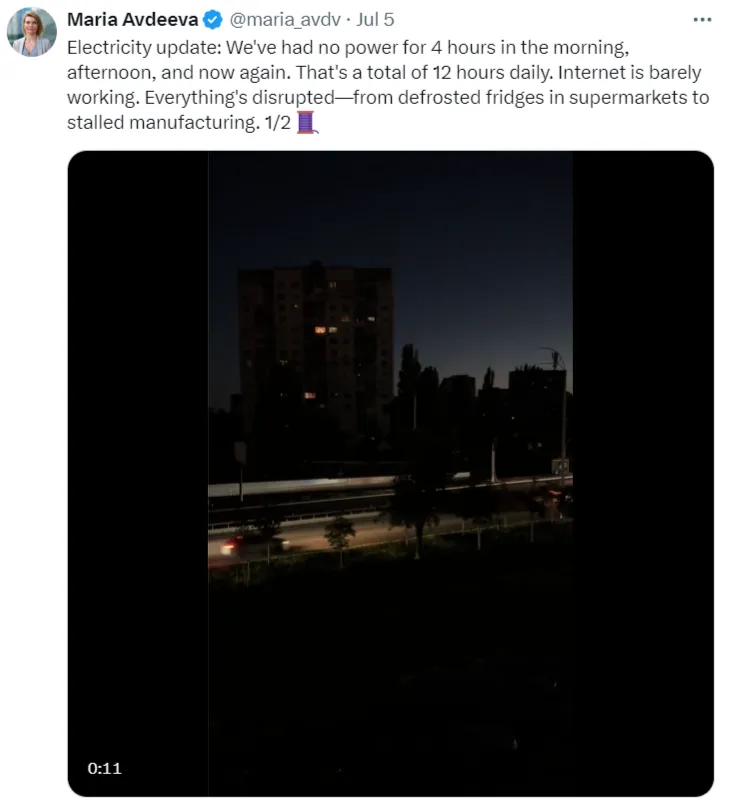

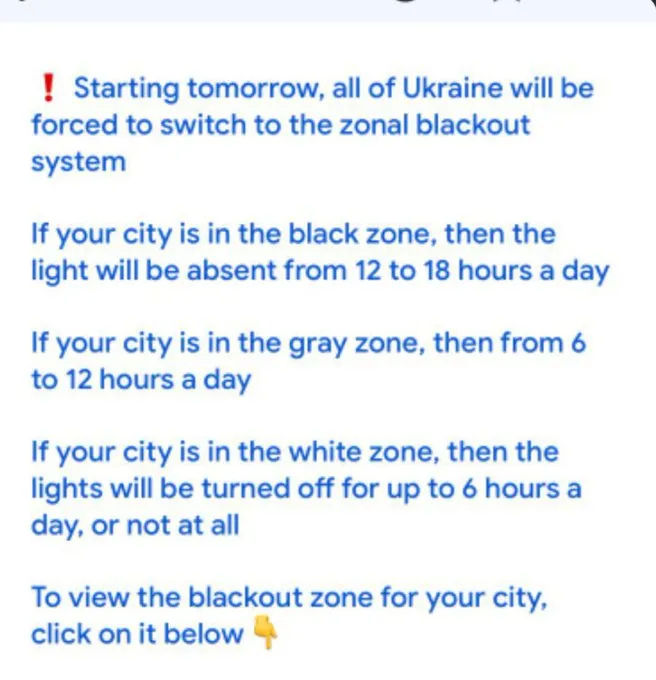
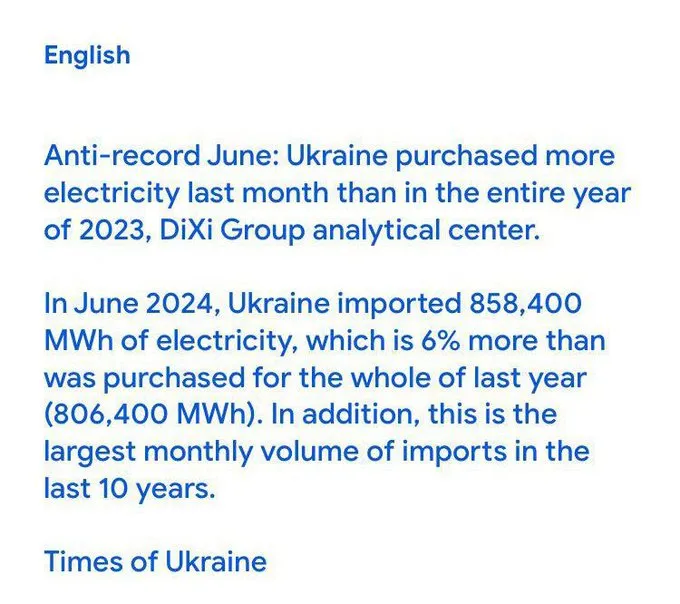
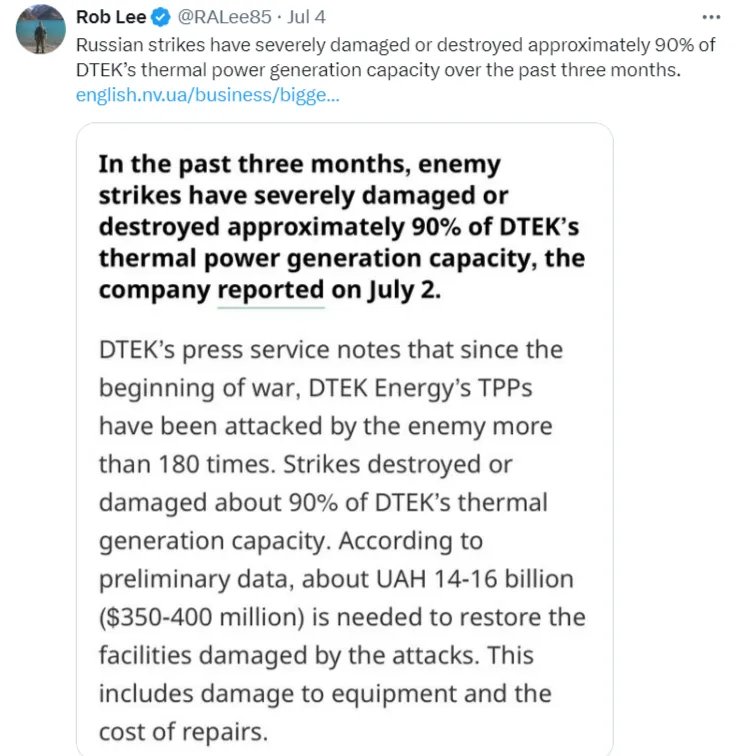

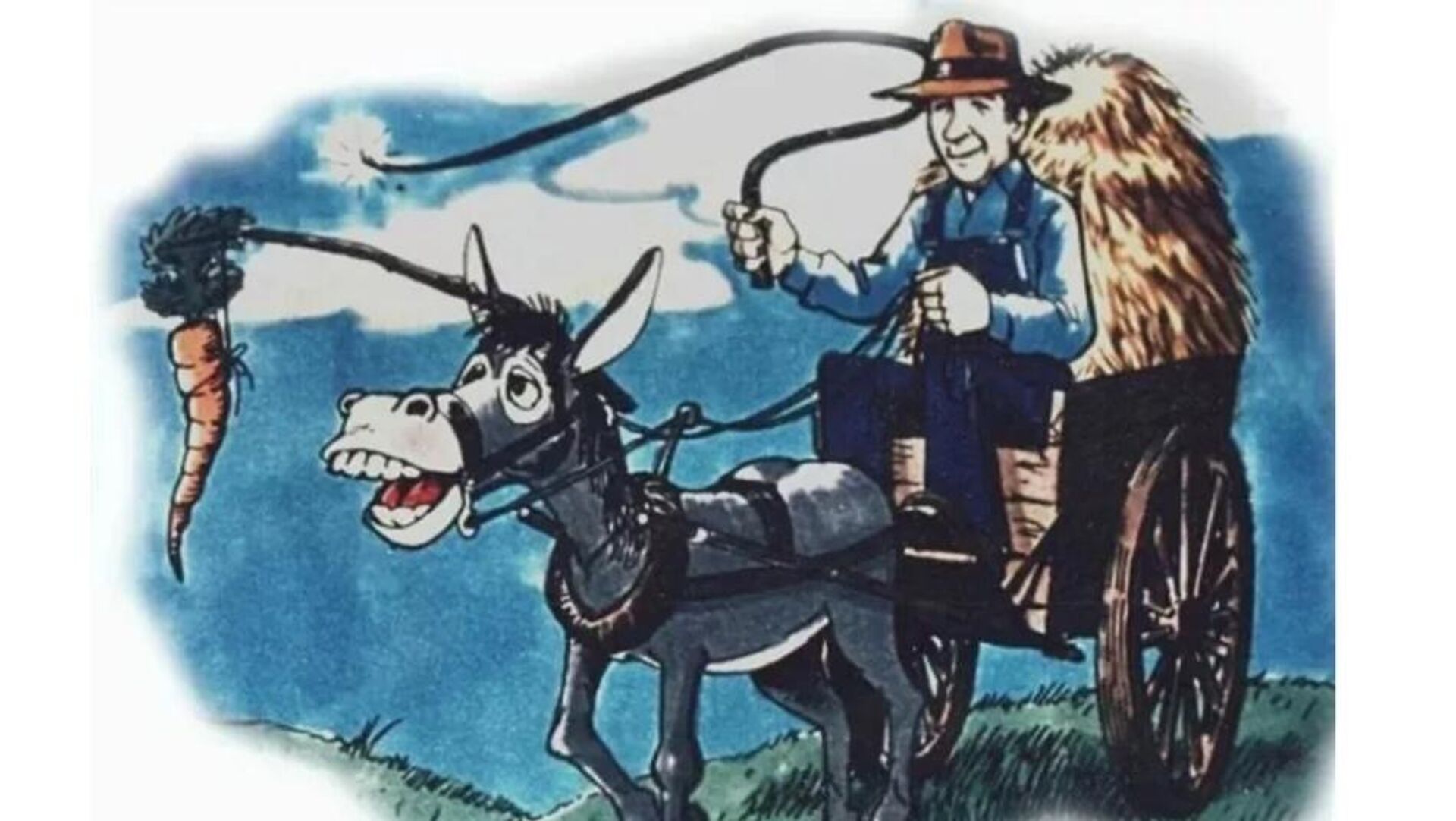









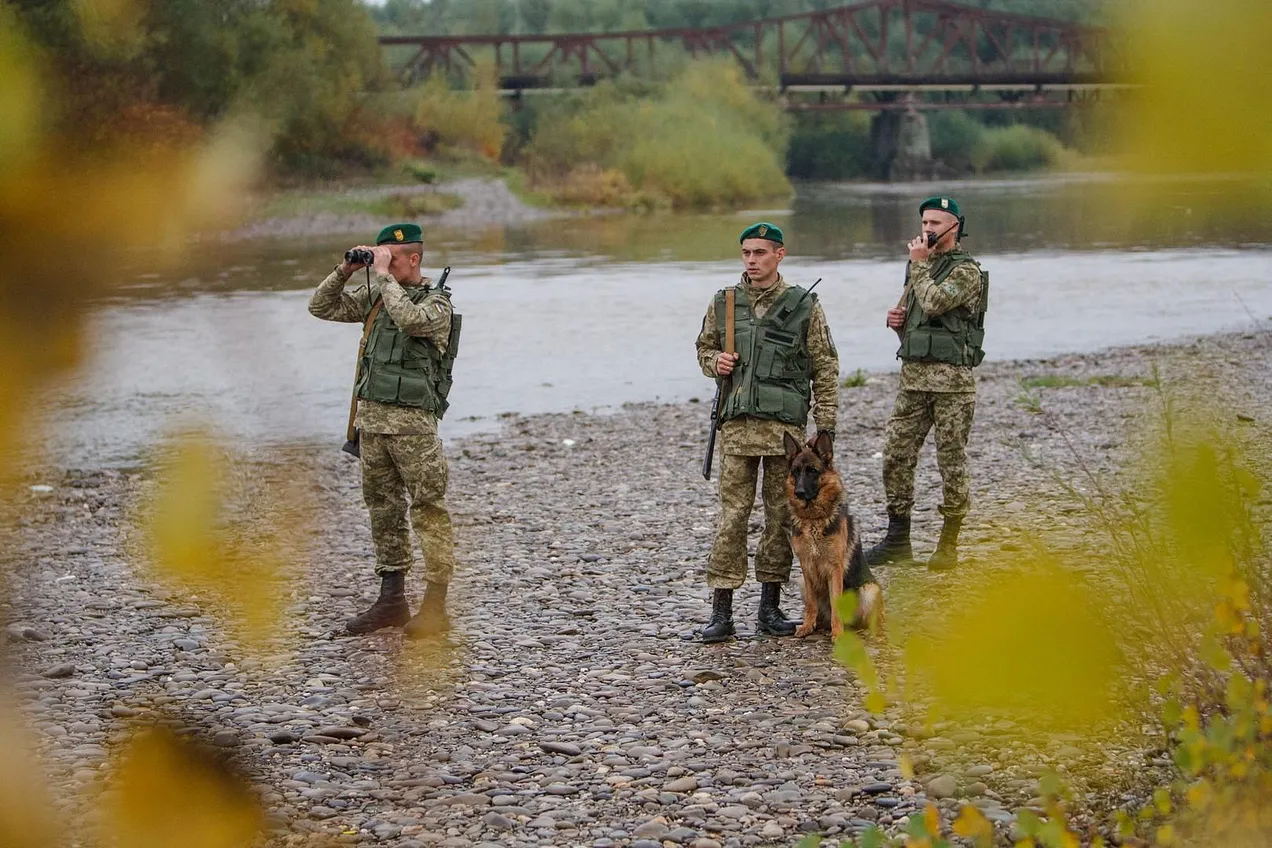
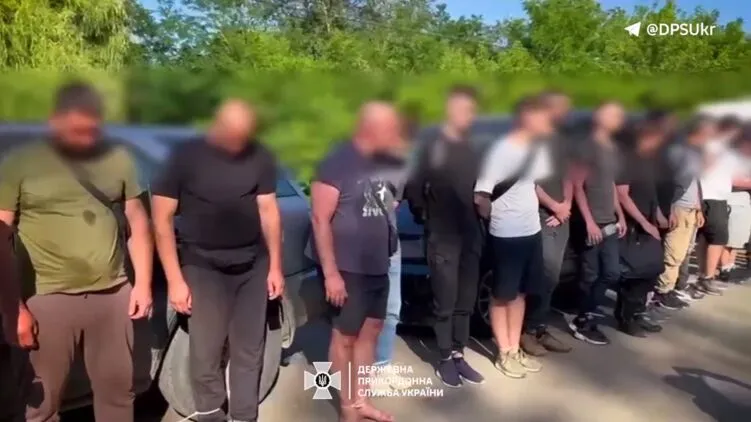





 ties. In the context of this contradiction, everything remains possible: from the logic of infiltration and propaganda to the push for ultra-nationalist action.
ties. In the context of this contradiction, everything remains possible: from the logic of infiltration and propaganda to the push for ultra-nationalist action.
